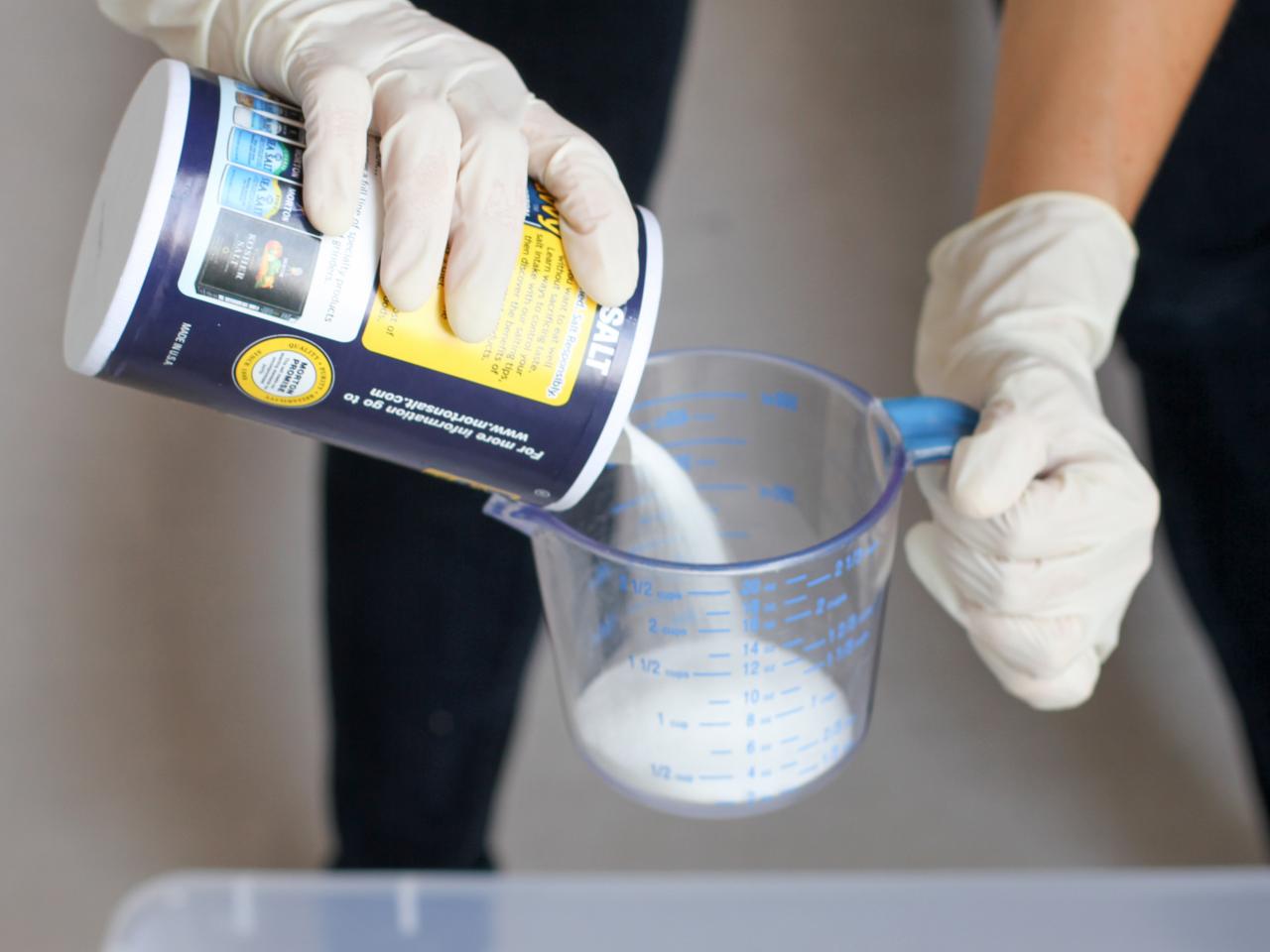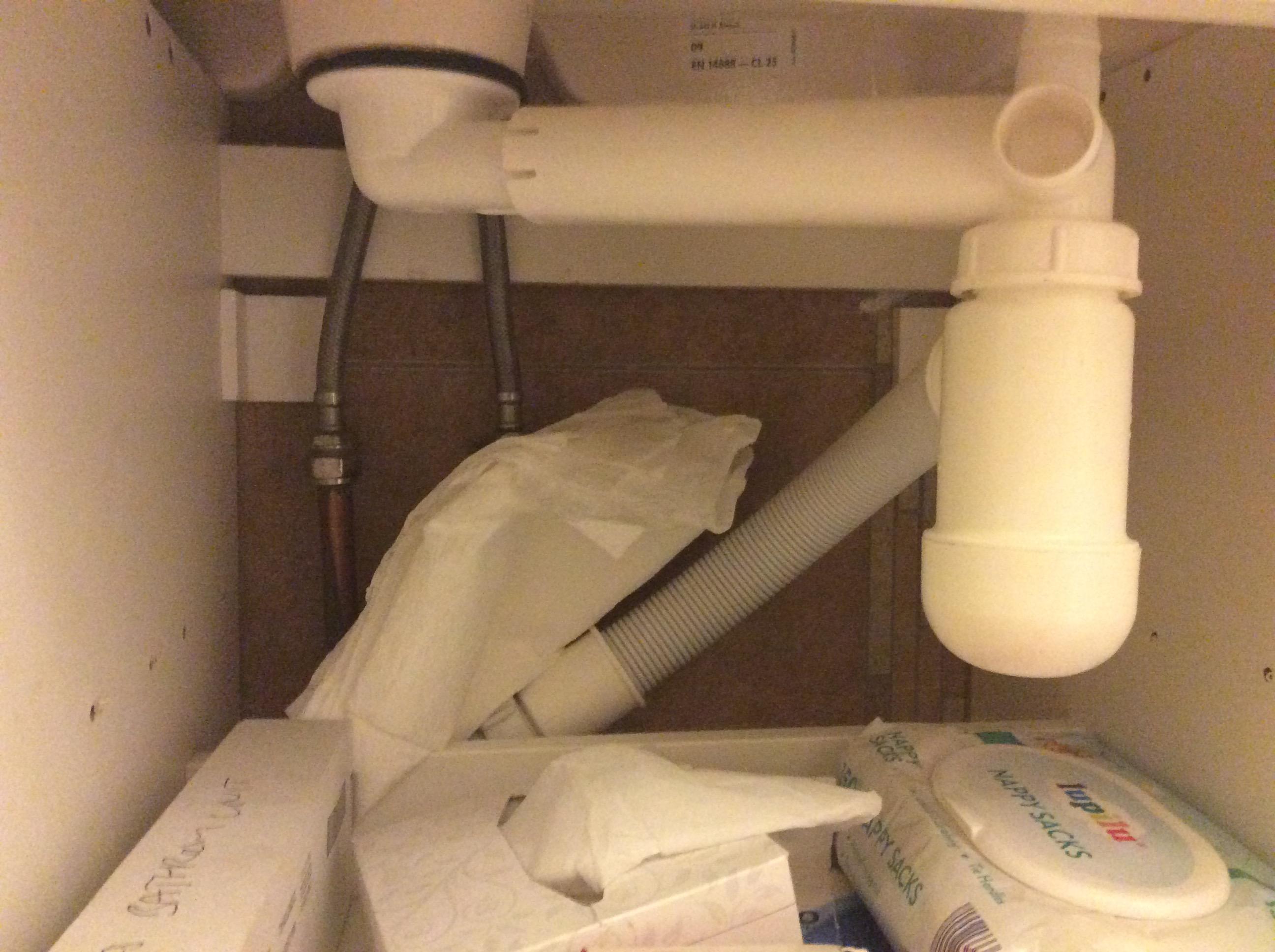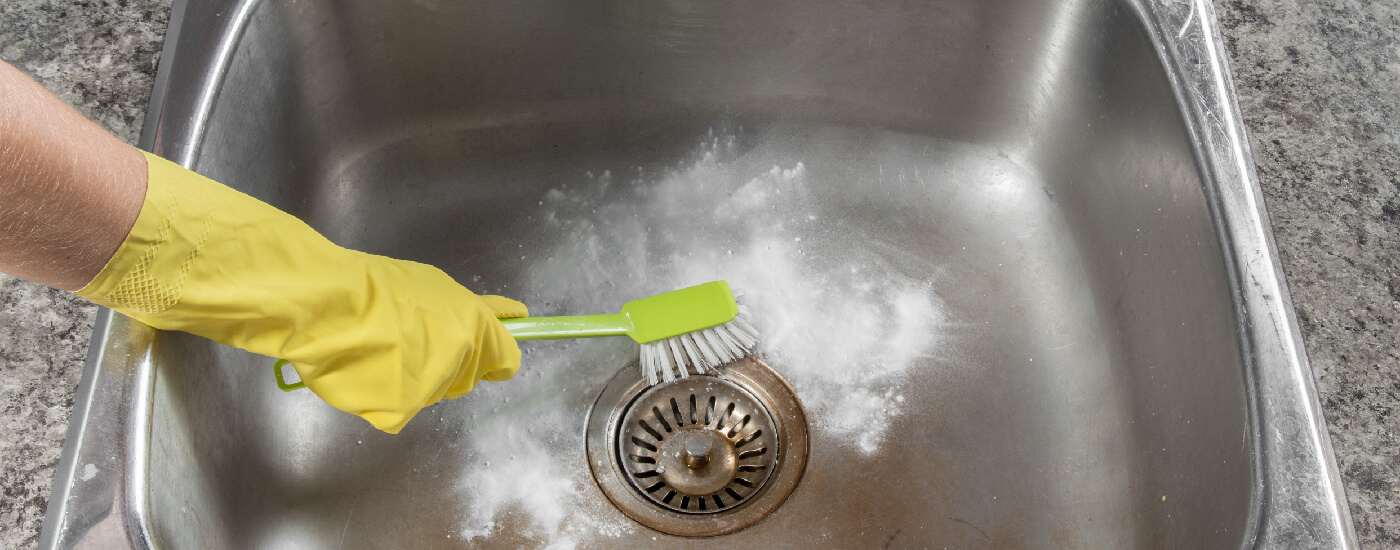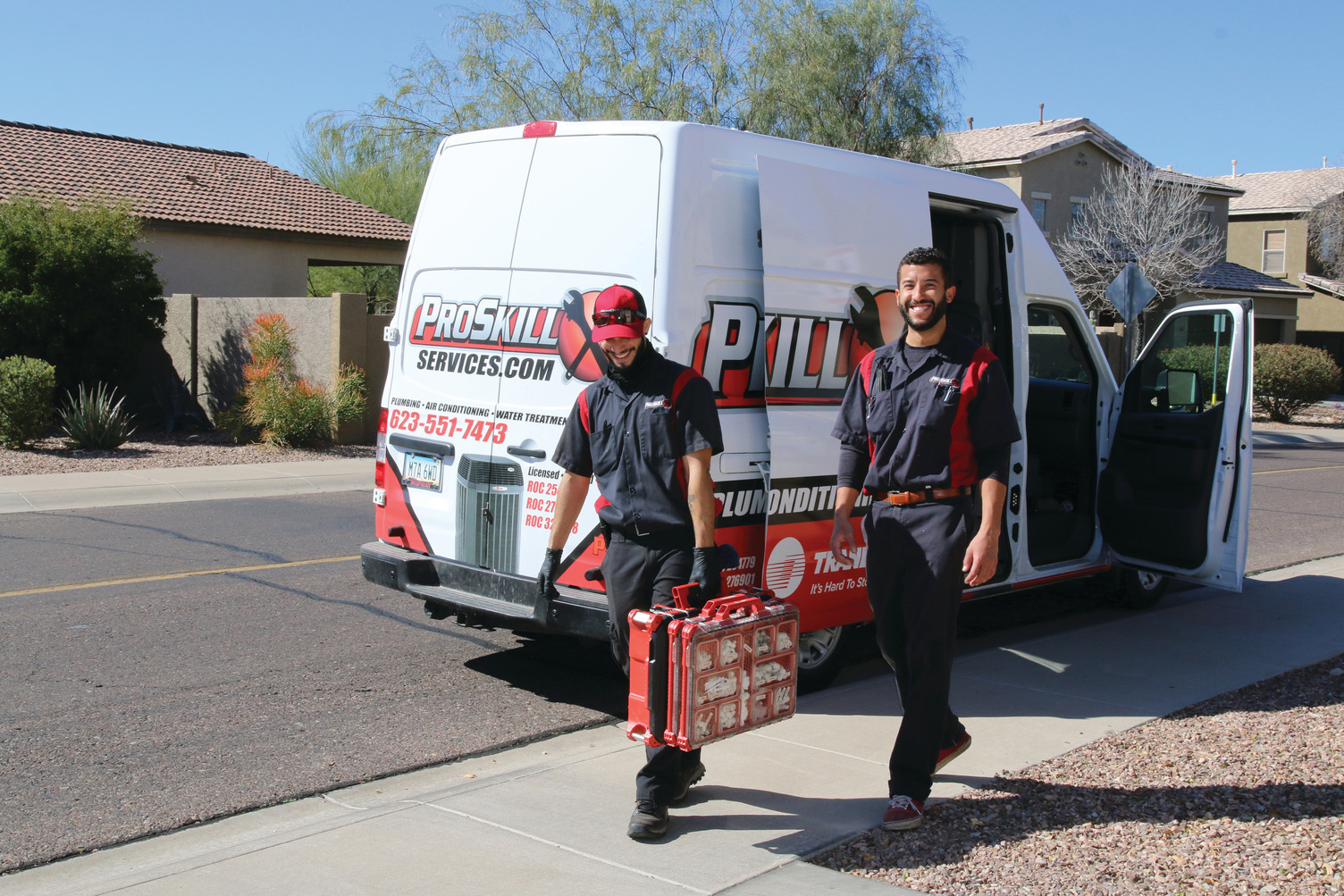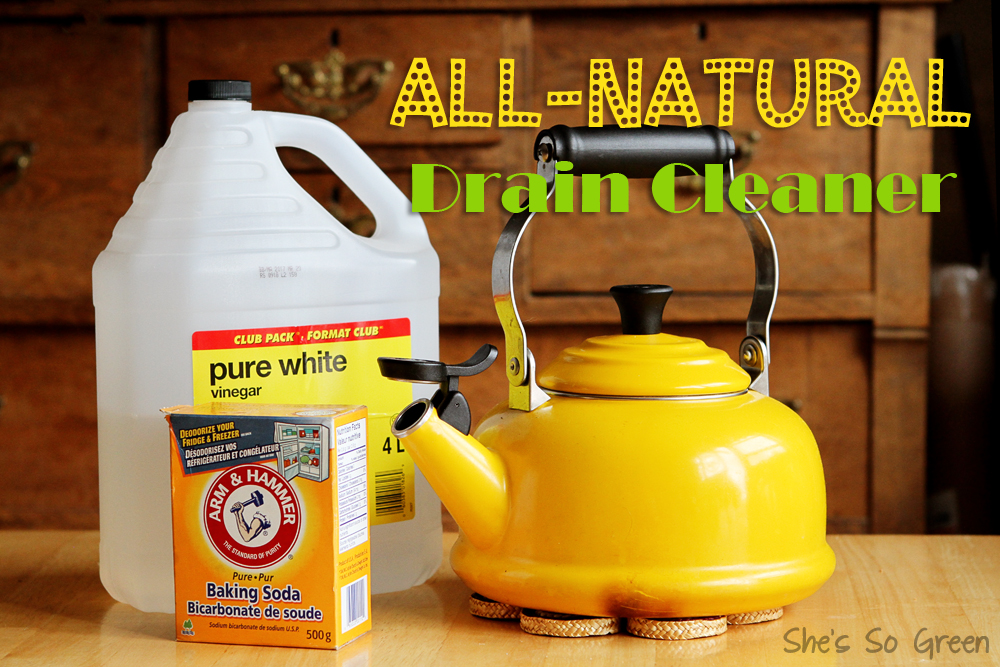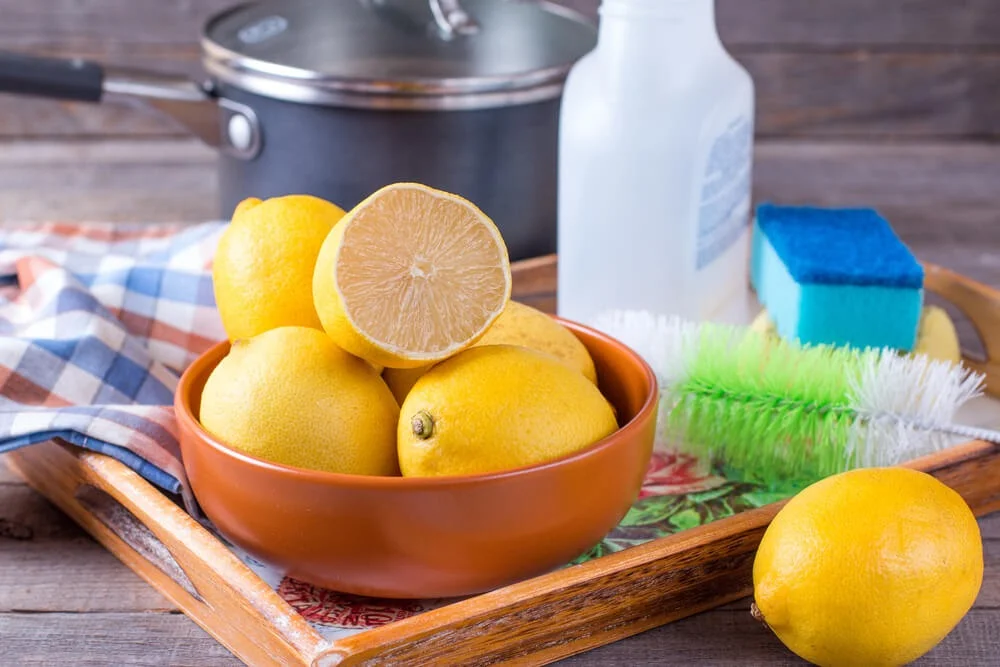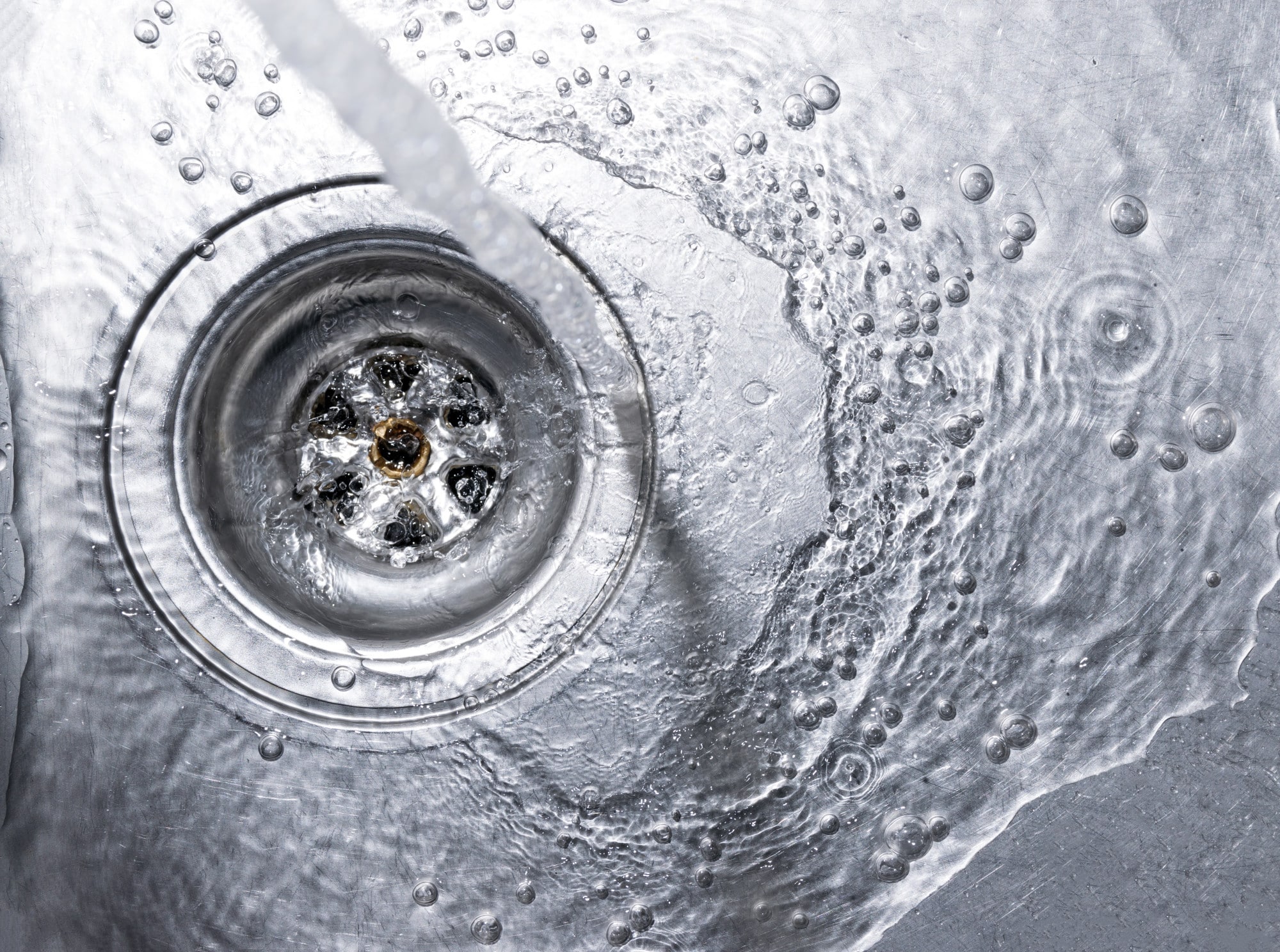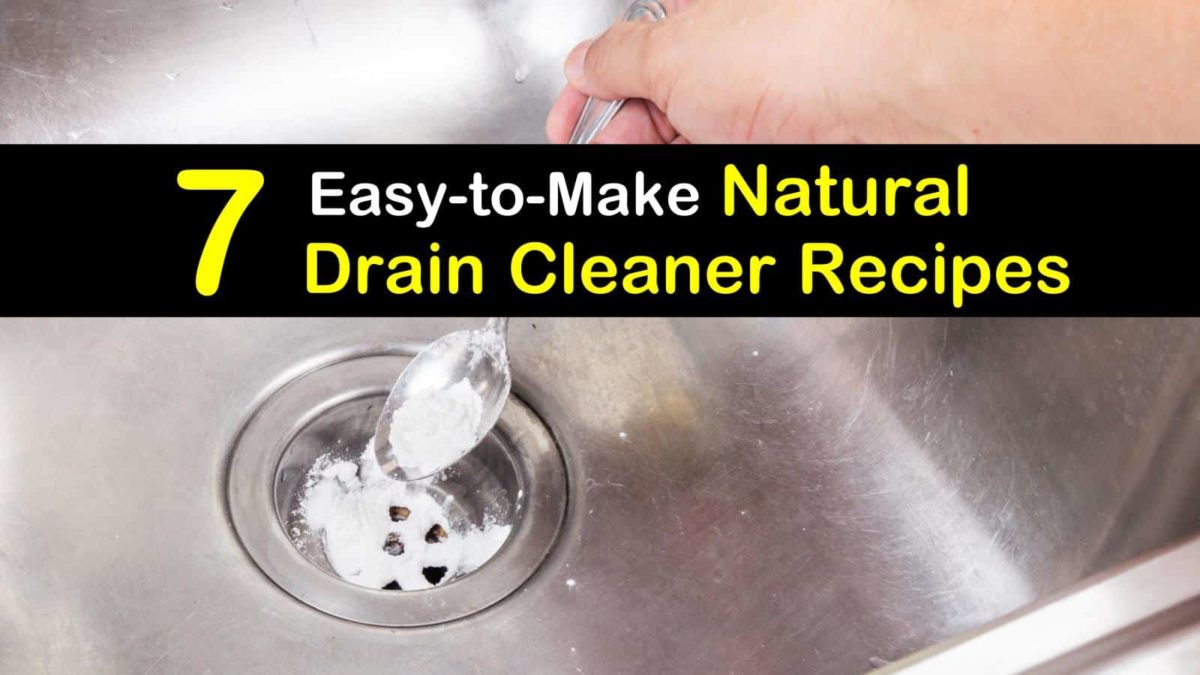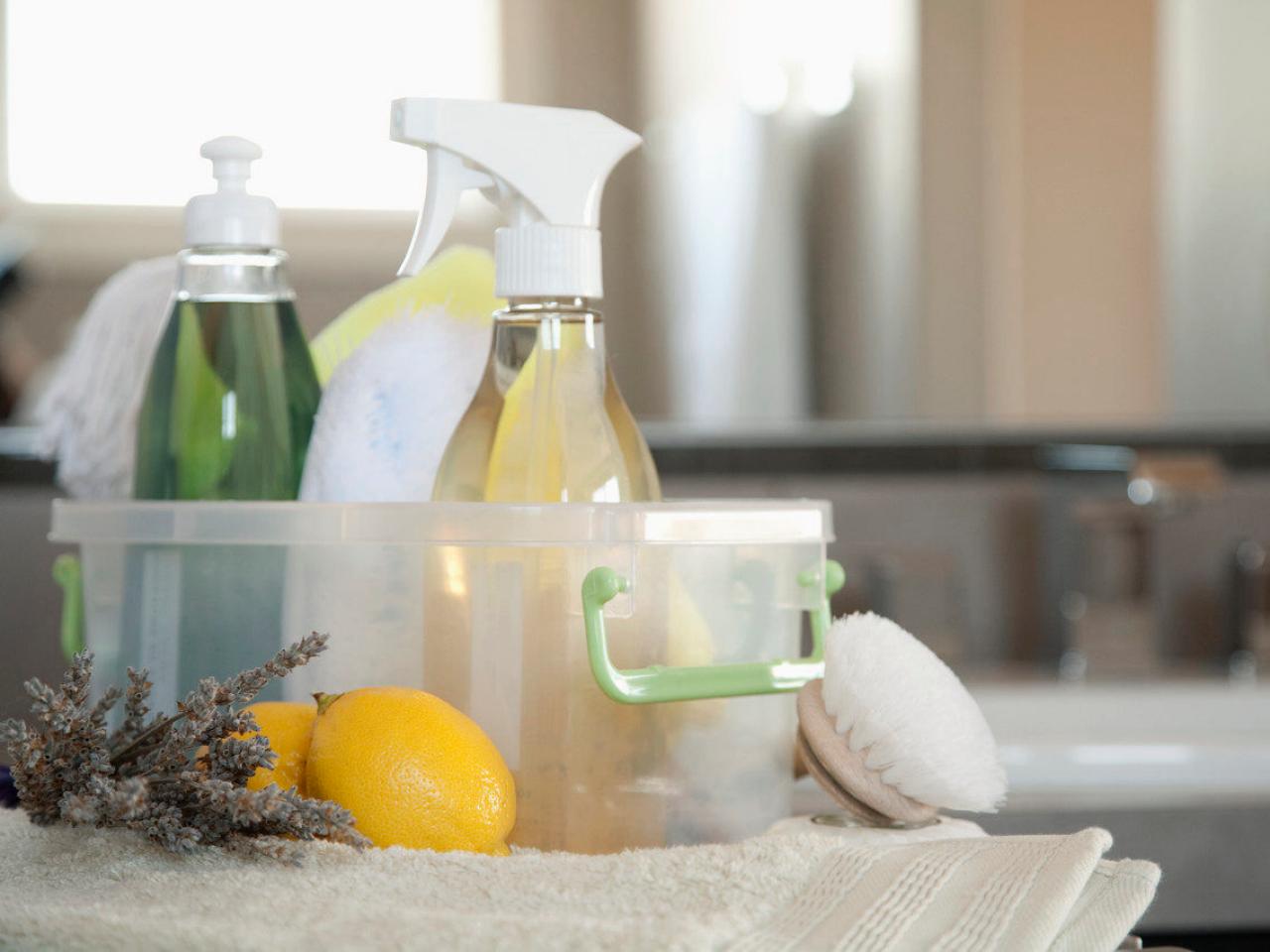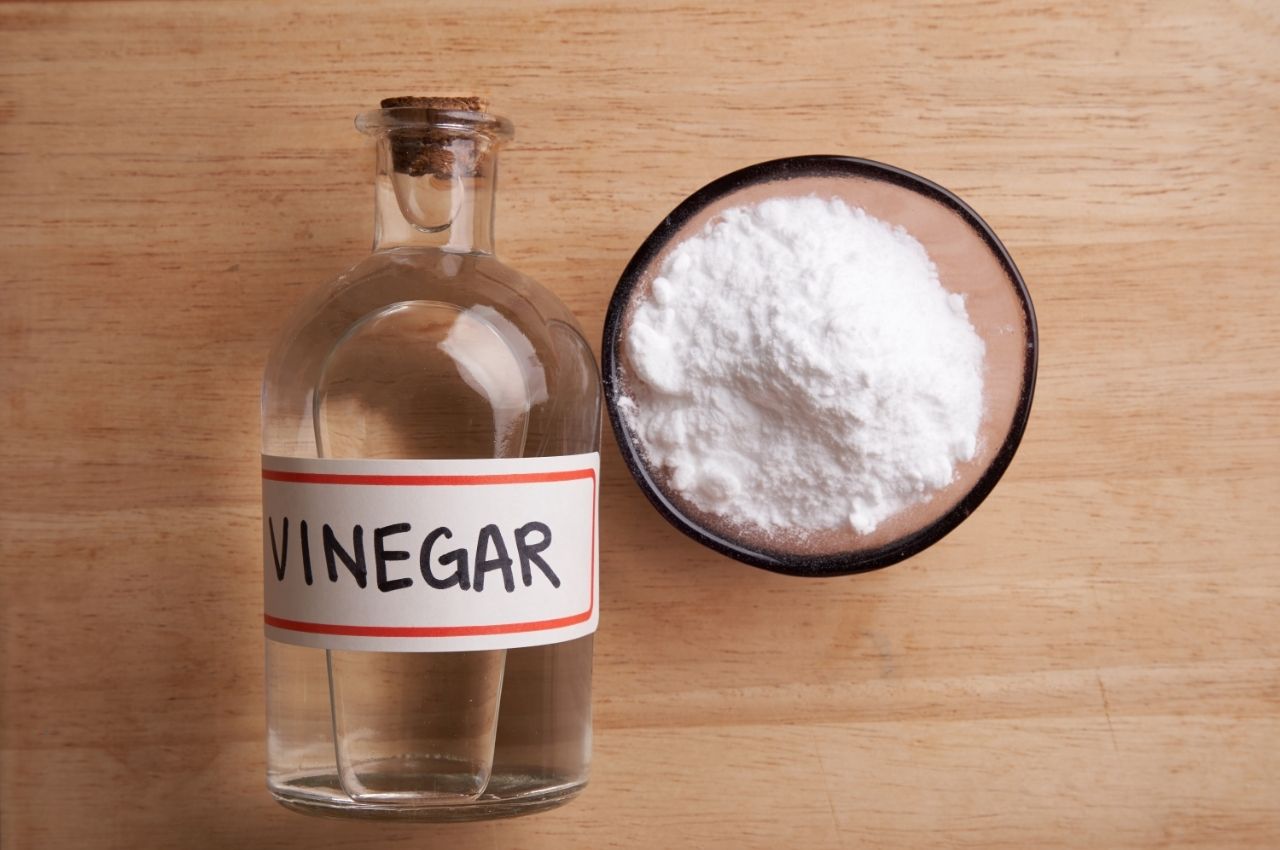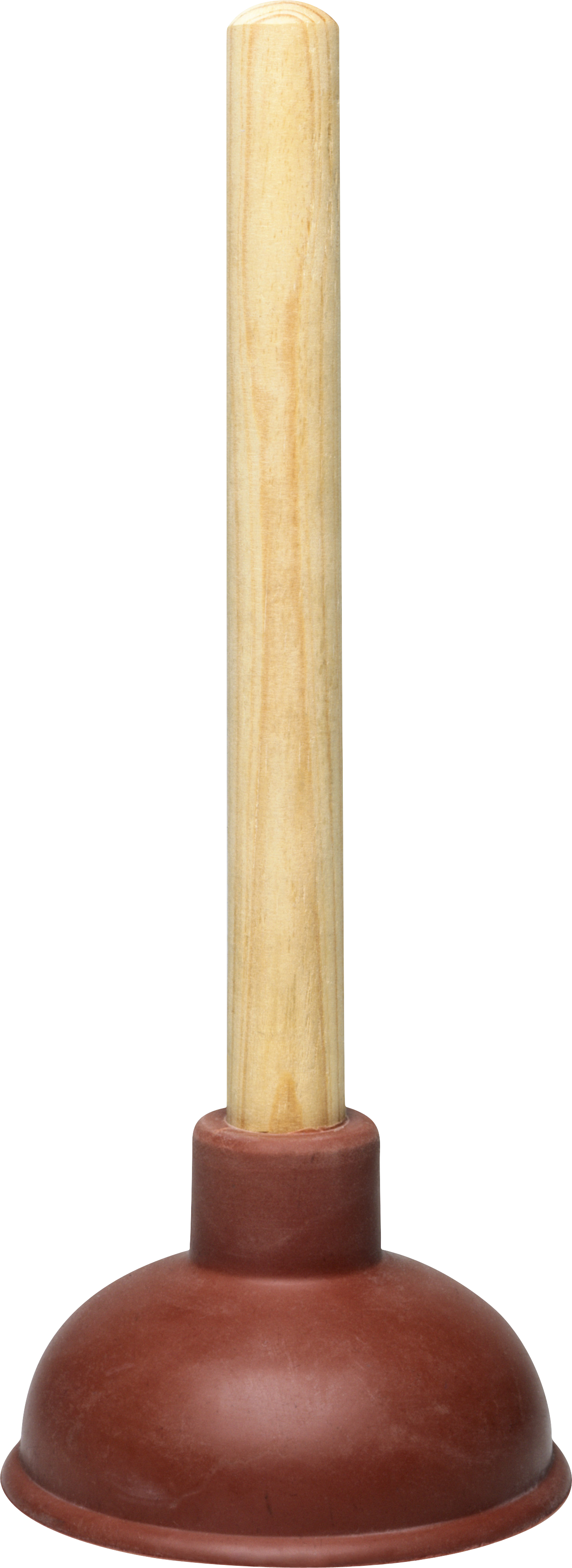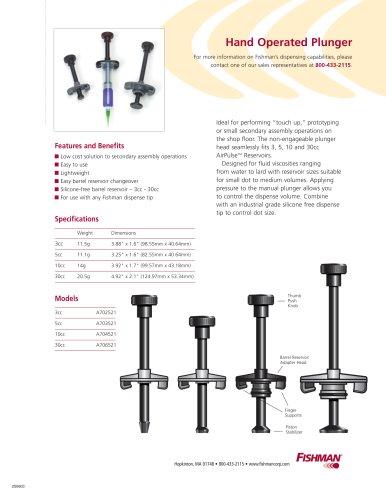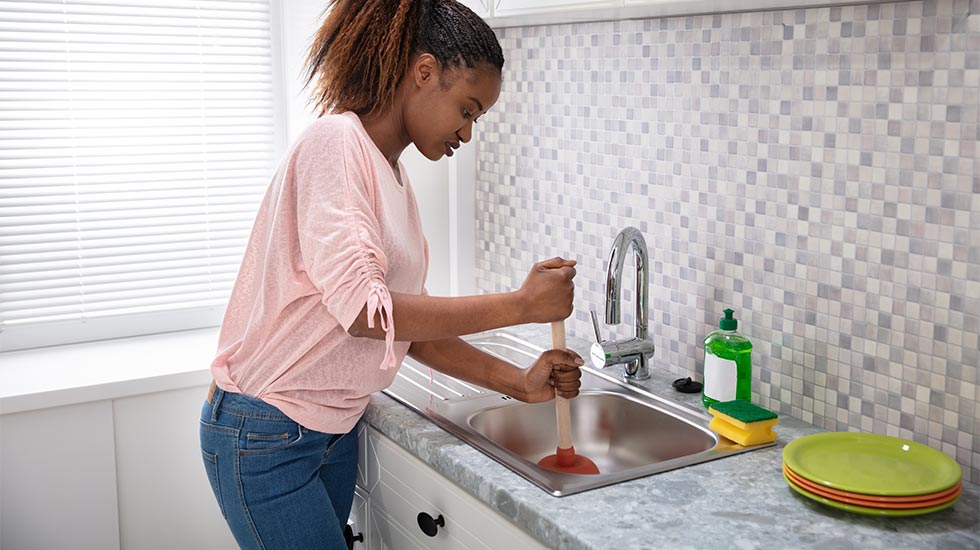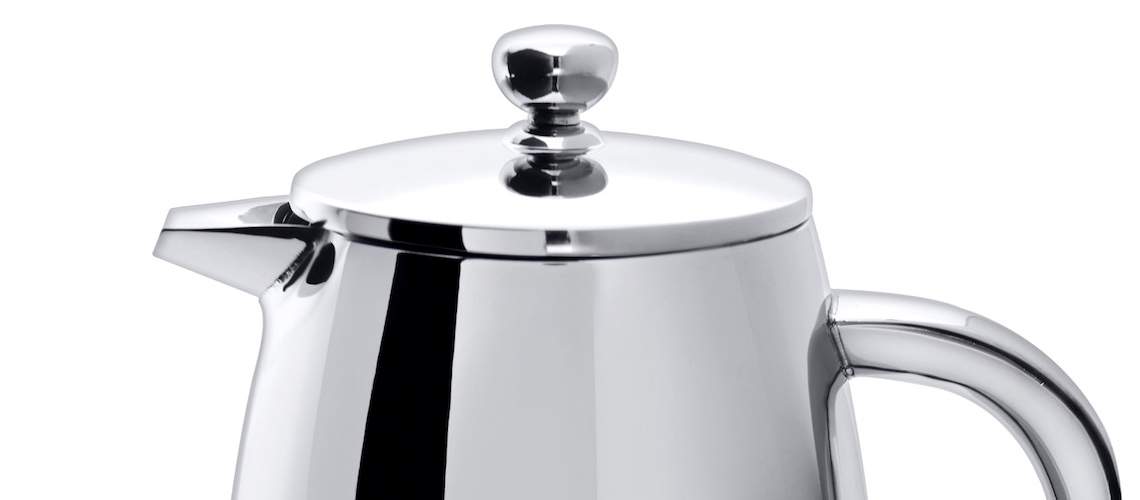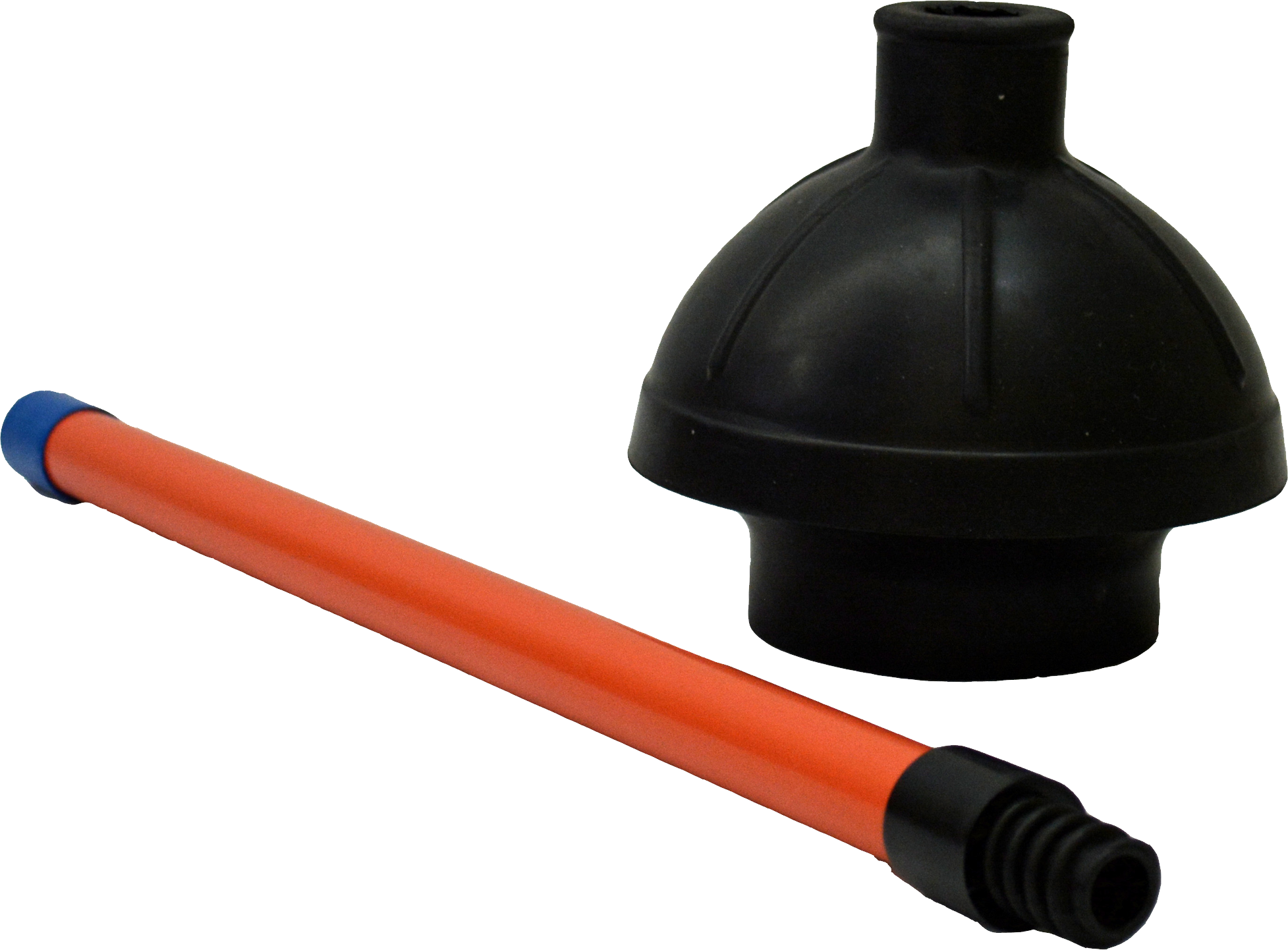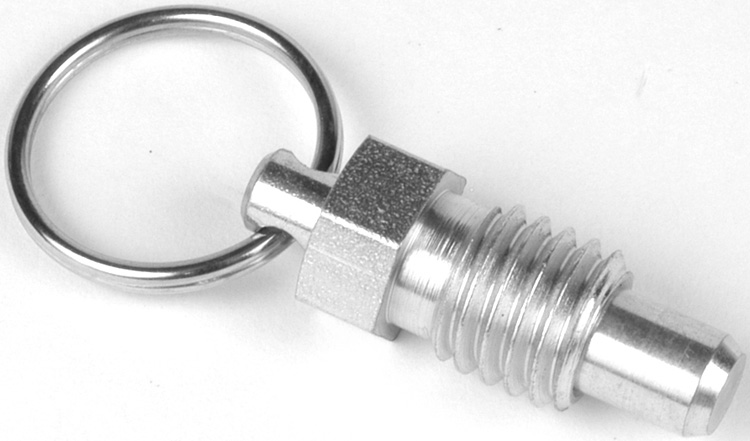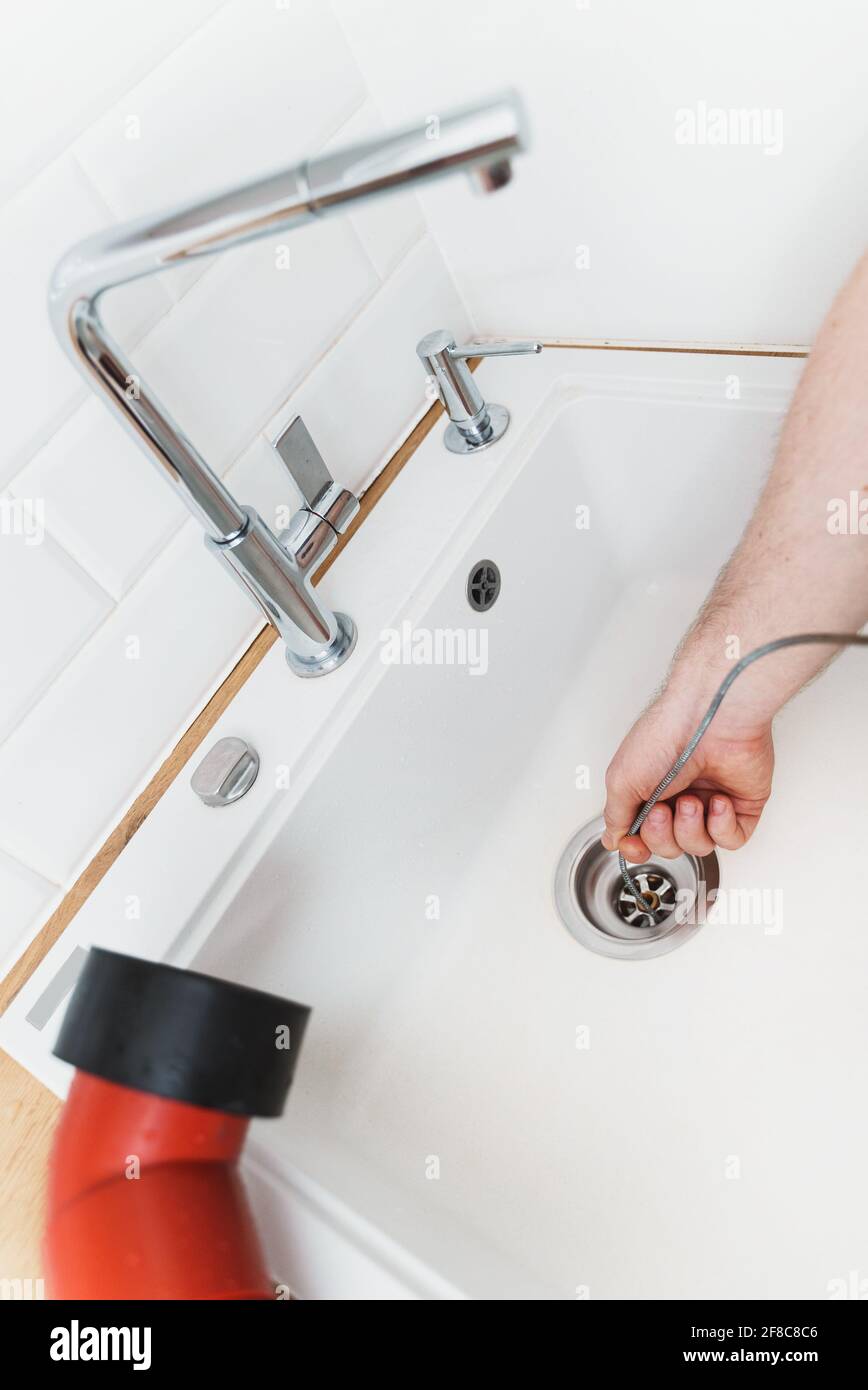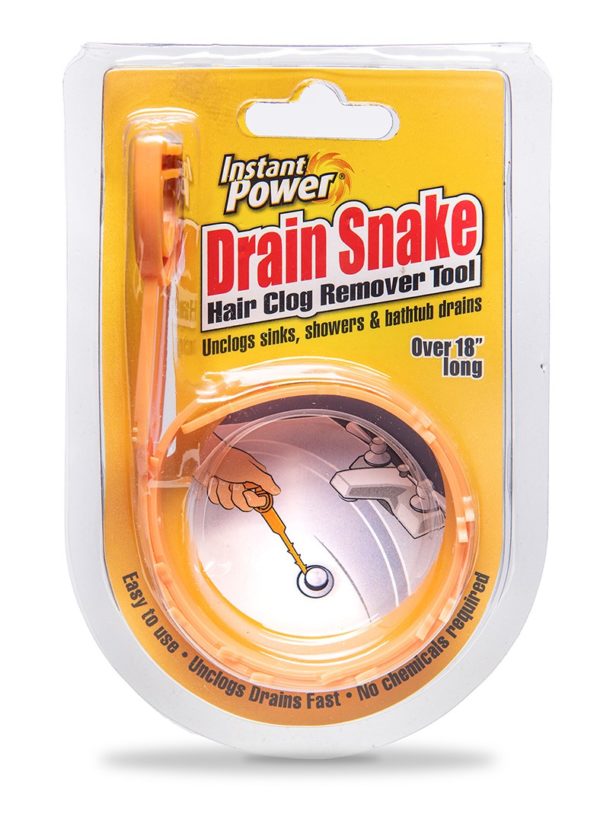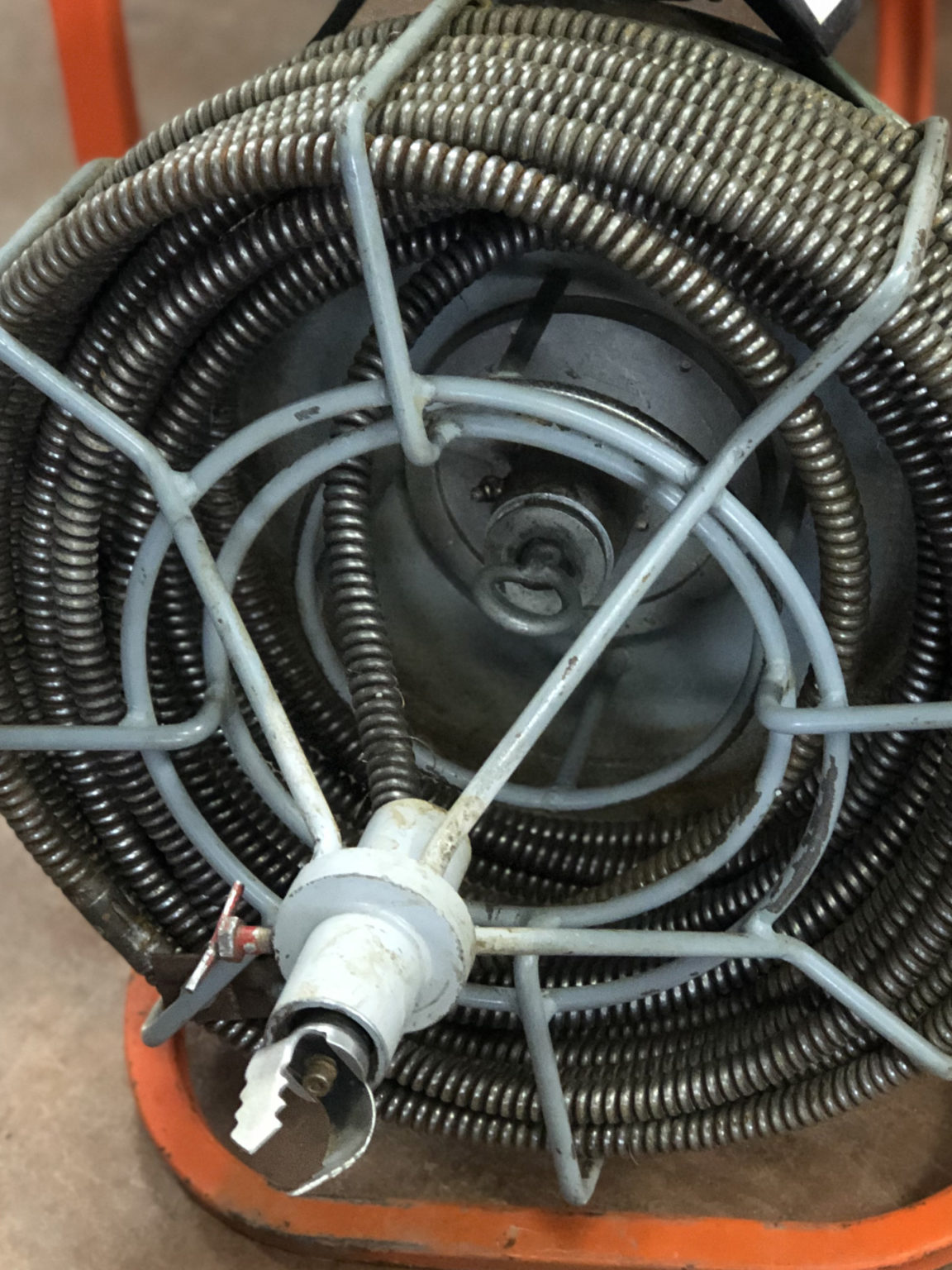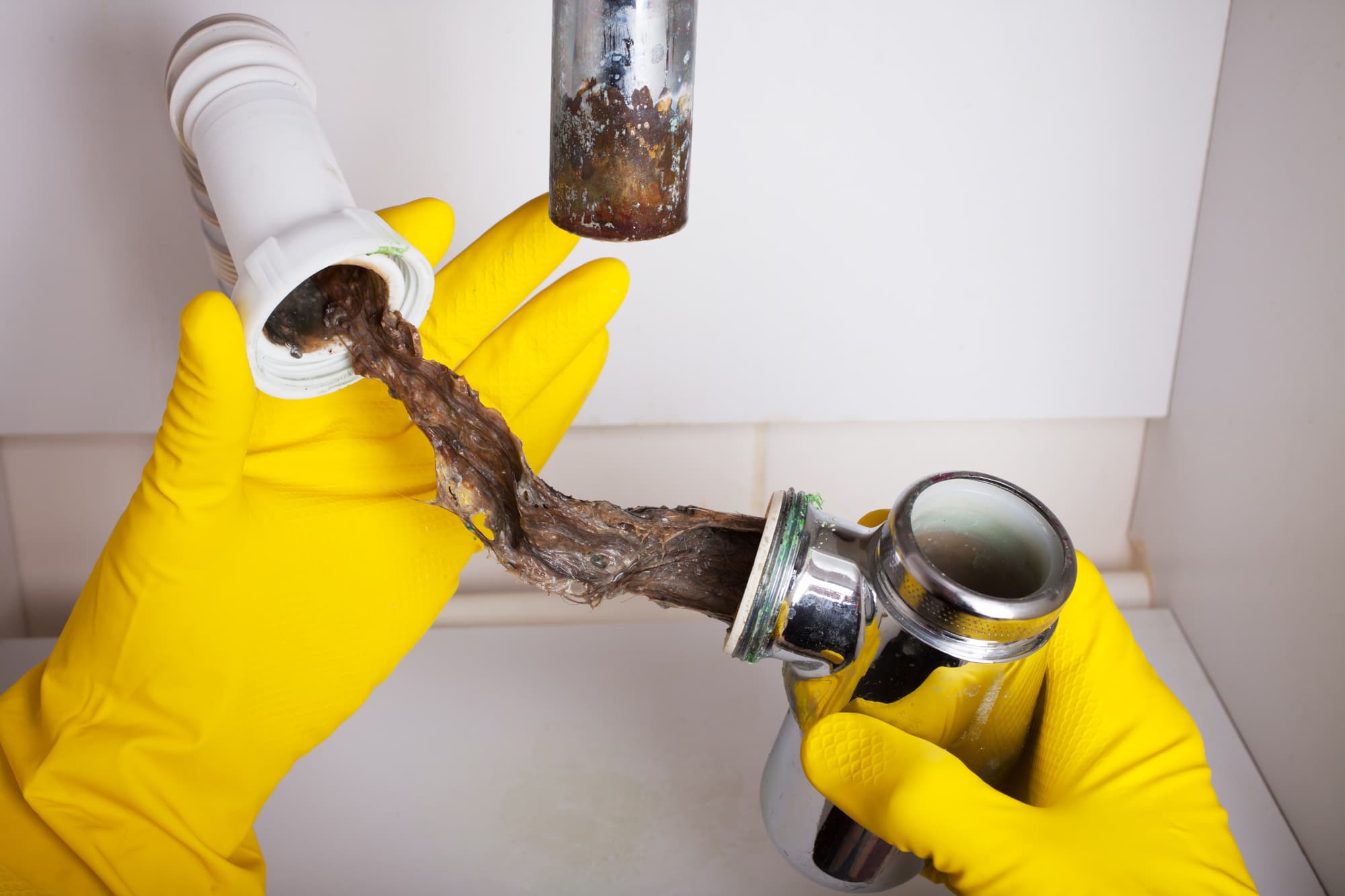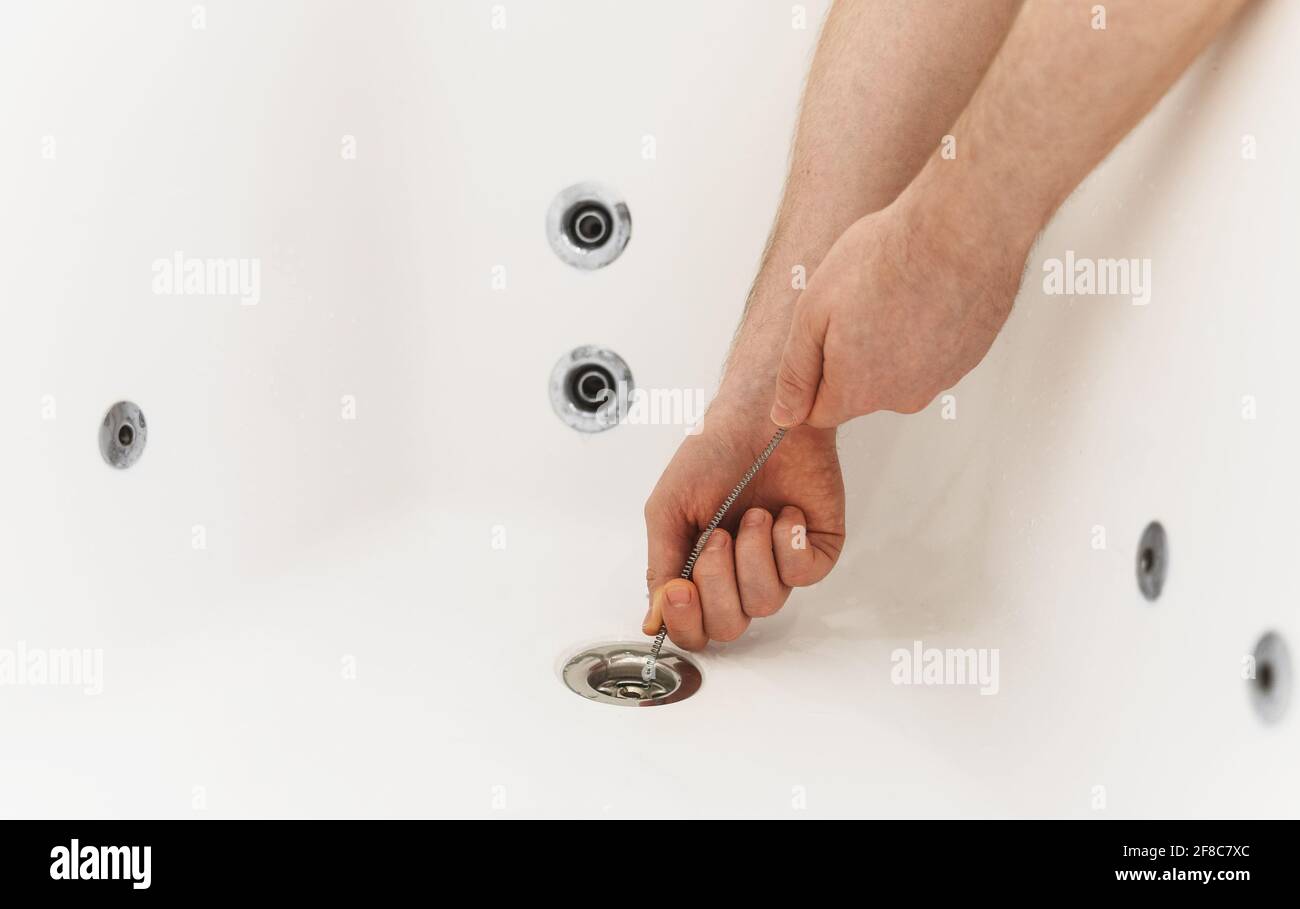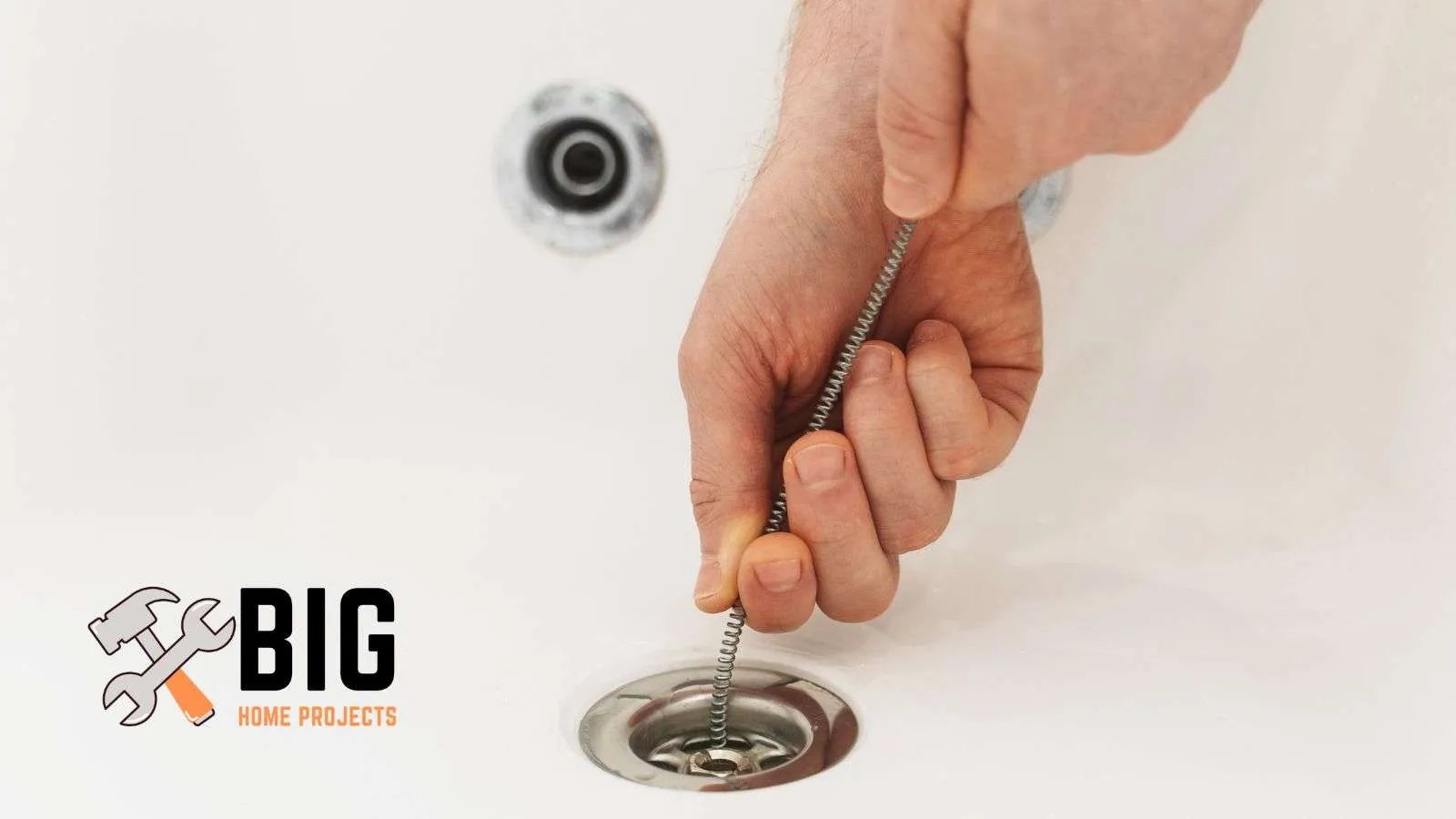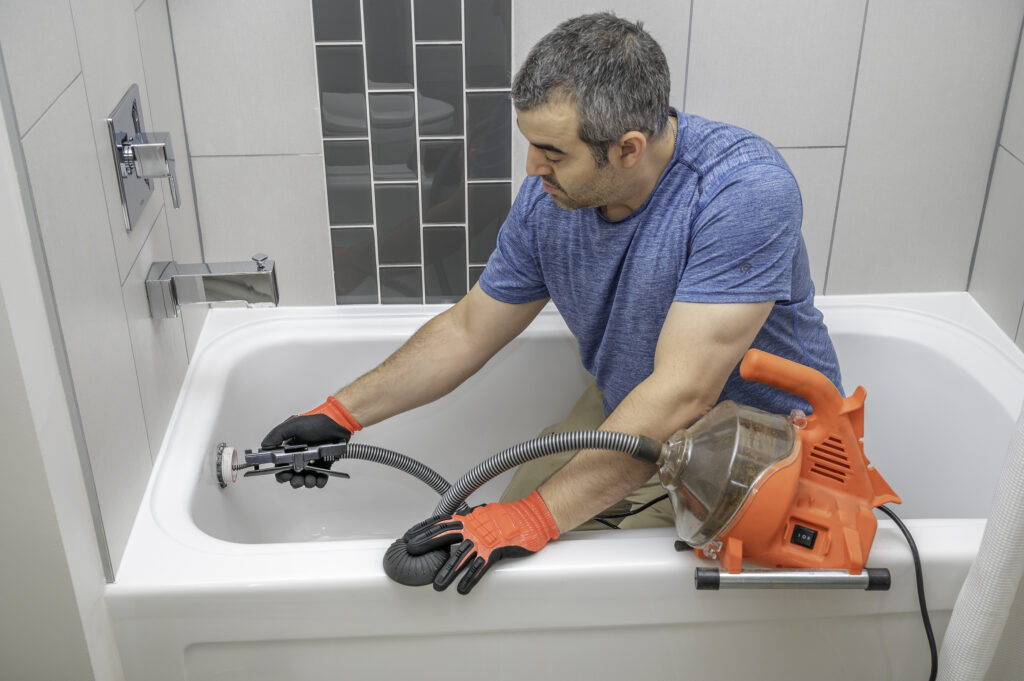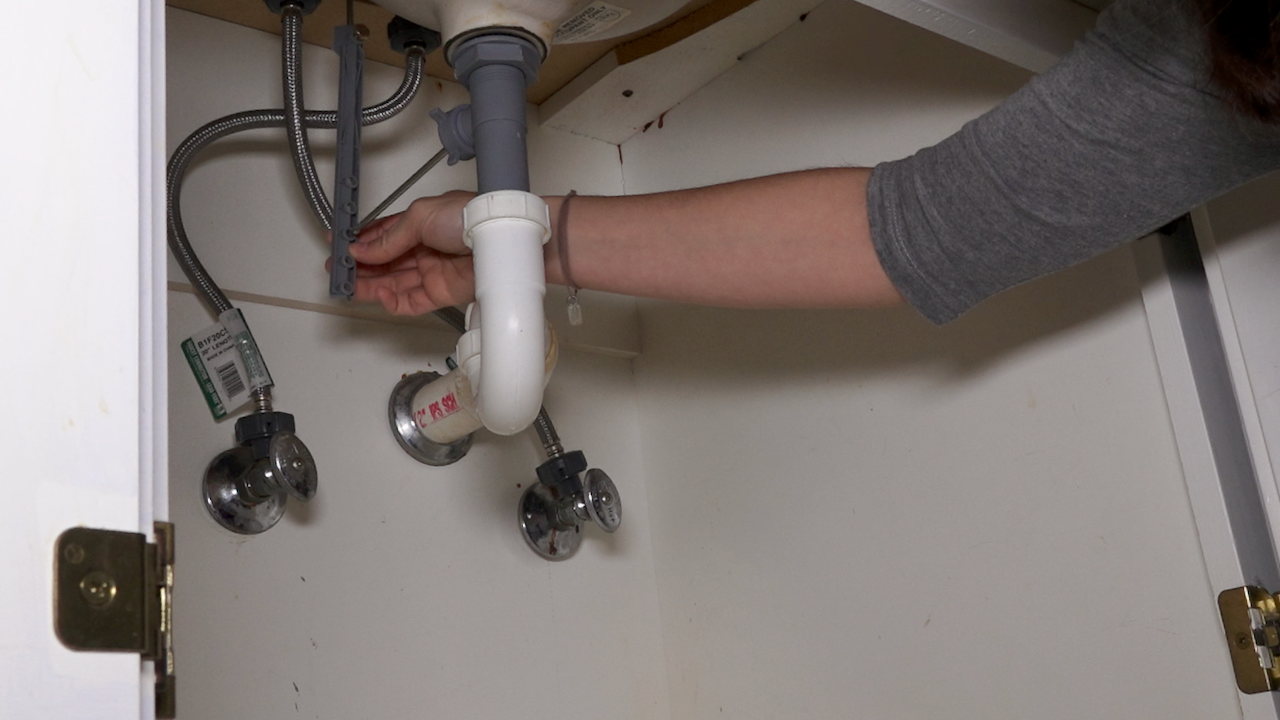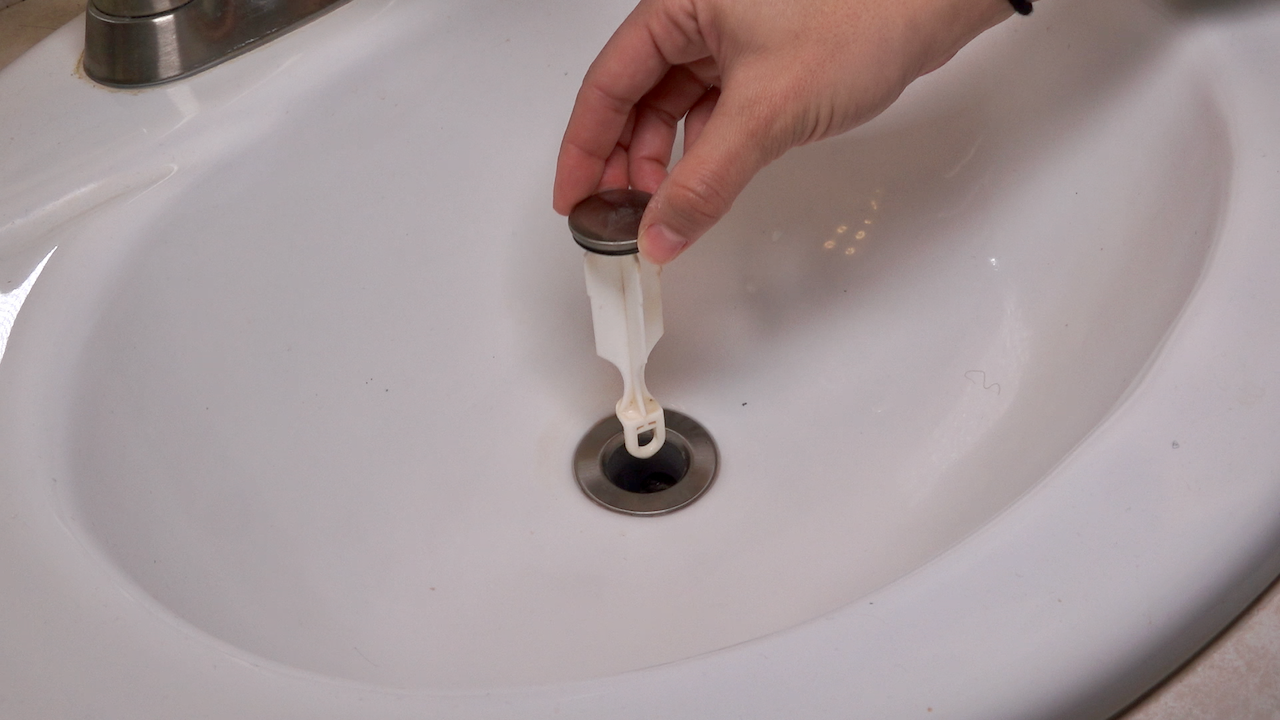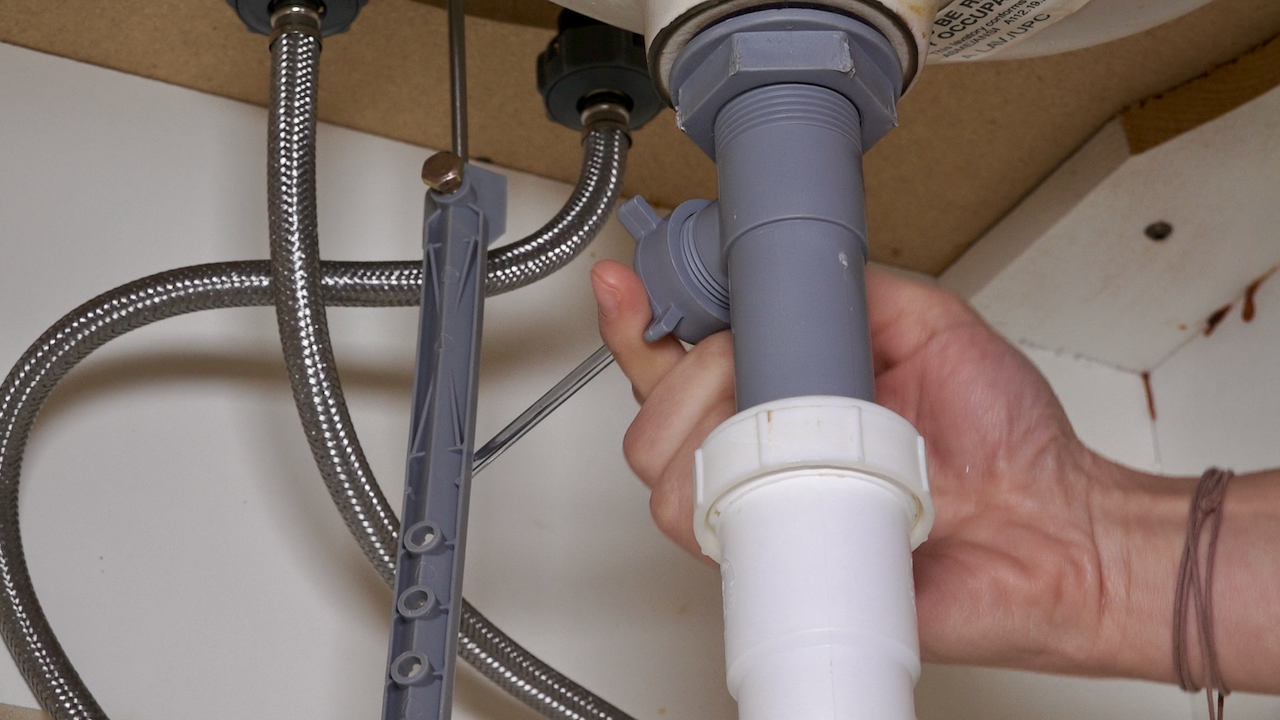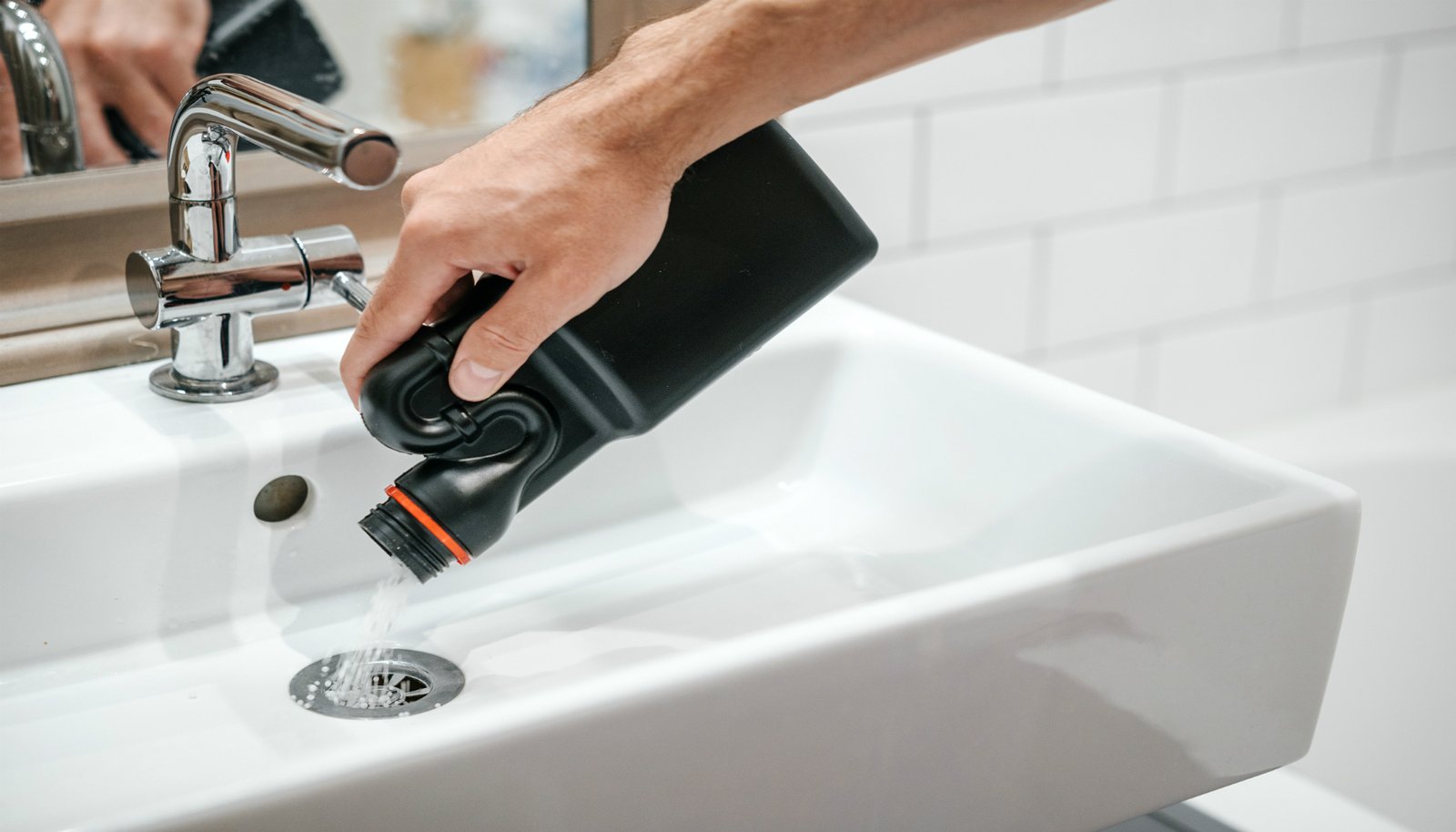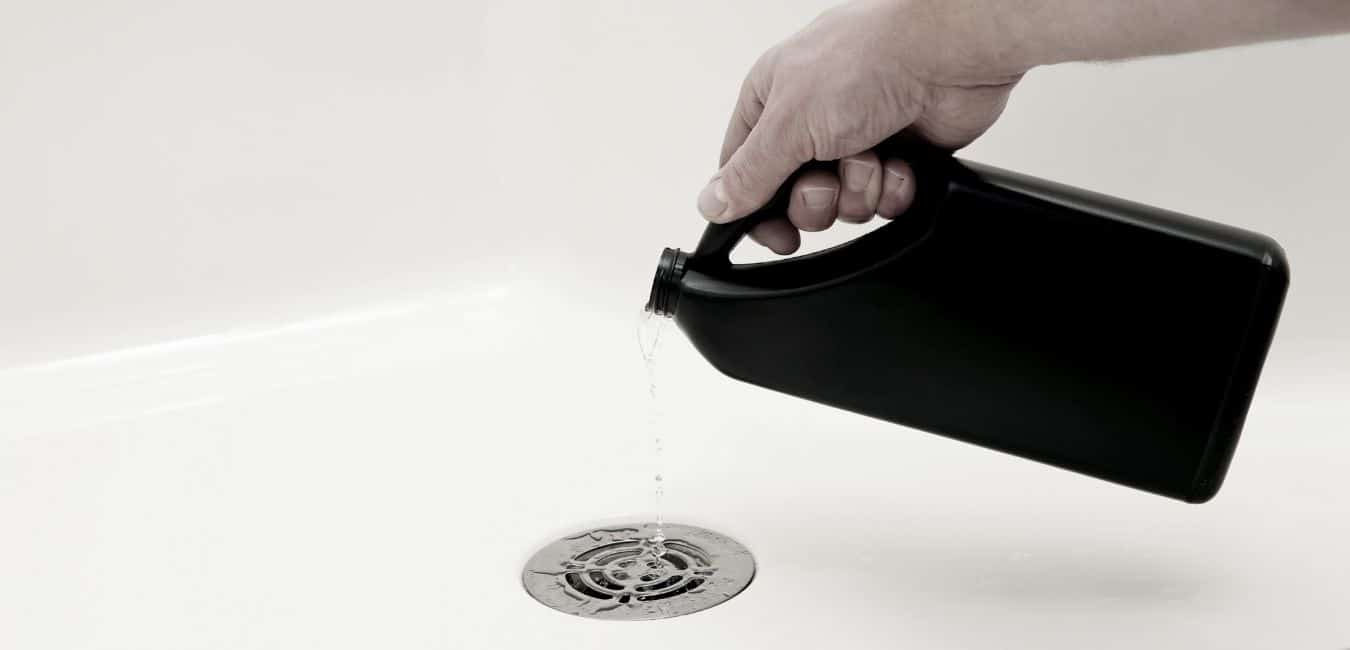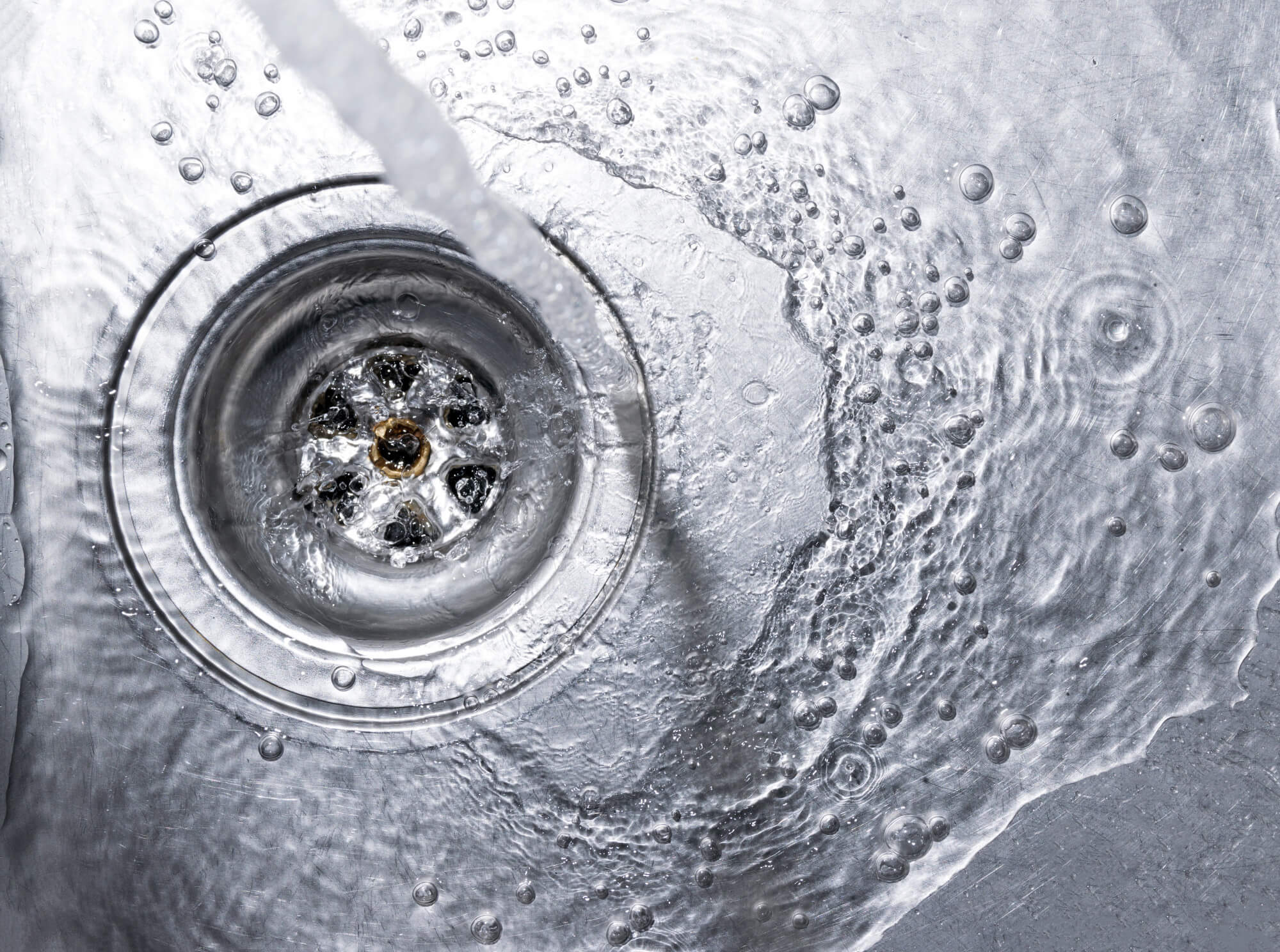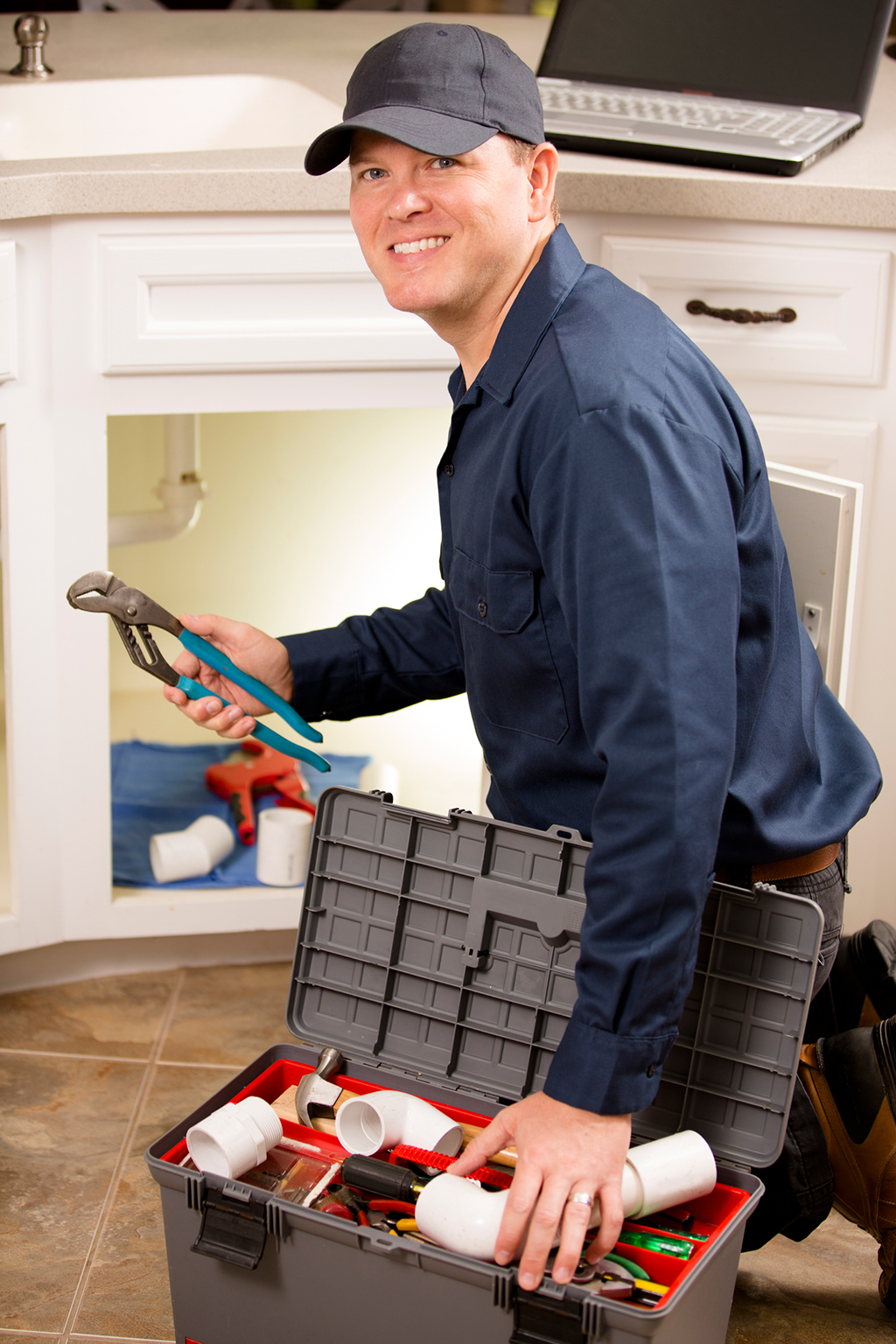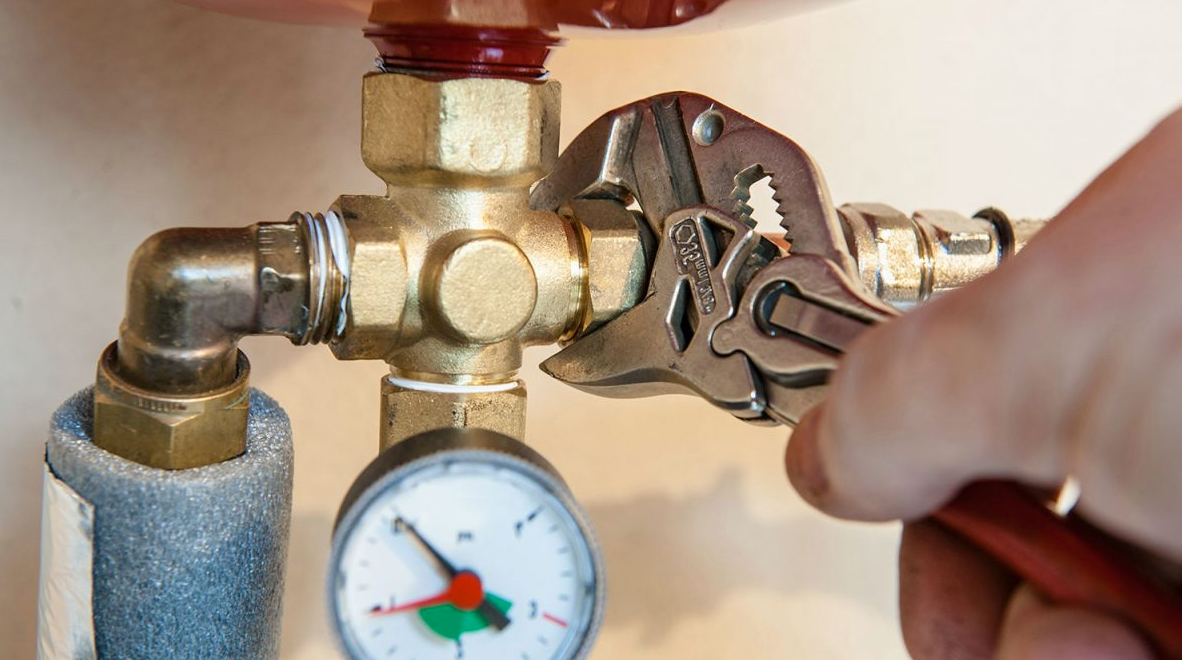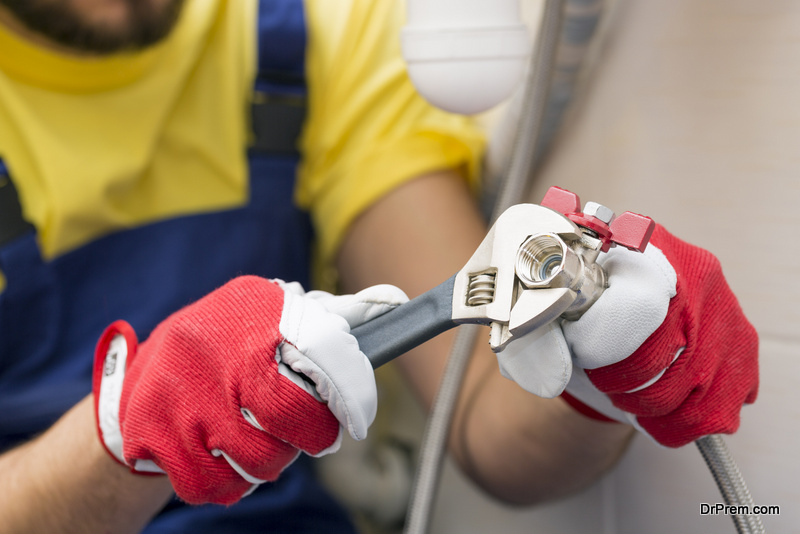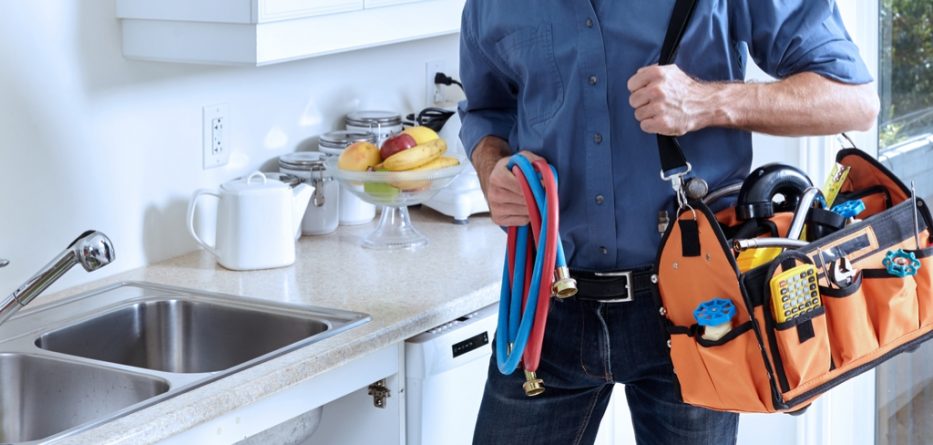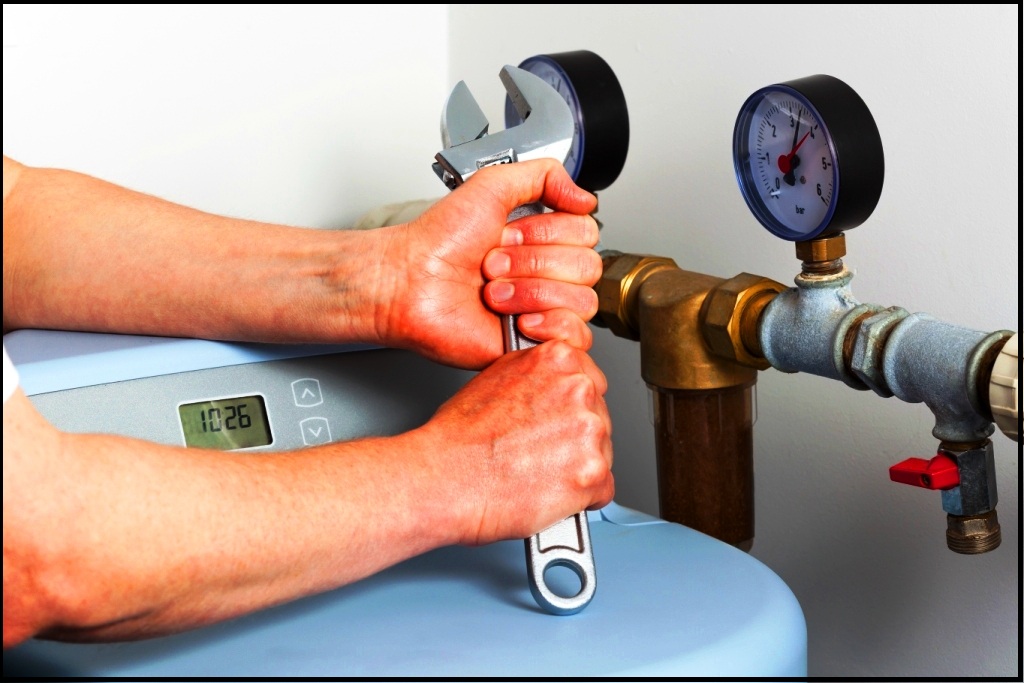Unclogging a bathroom sink
If you've ever experienced the frustration of a slow draining bathroom sink, you know how much of a nuisance it can be. Not only does it leave you with standing water and a lingering odor, but it can also be a breeding ground for bacteria and mold. Luckily, unclogging a bathroom sink is a task that can easily be tackled on your own, without having to call a plumber. In this article, we'll go over the top 10 ways to clear a slow draining bathroom sink and get it back to working like new.
Slow drain solutions
Before diving into the different methods of unclogging a bathroom sink, it's important to understand why it's draining slowly in the first place. Most likely, the culprit is a clog in the drain pipe caused by a buildup of hair, soap scum, and other debris. One of the easiest and most effective solutions is using a plunger. Simply place the plunger over the drain, making sure it covers the entire opening, and push down and pull up in a rapid motion. This creates suction that can dislodge the clog and allow water to flow freely again.
DIY sink drain cleaning
If the plunger doesn't do the trick, there are a few other DIY methods to try before resorting to harsh chemicals or calling a professional. One option is to use a mixture of baking soda and vinegar. First, pour half a cup of baking soda down the drain, followed by half a cup of vinegar. Let the mixture sit for about 30 minutes, then pour boiling water down the drain to flush out the clog. Another DIY method is using a combination of salt and hot water. Simply pour a quarter cup of salt down the drain, followed by a pot of hot water. Let it sit for a few minutes before running water to see if the clog has cleared.
Clearing hair clogs
As mentioned before, hair is a common culprit for clogs in bathroom sinks. If you suspect that hair is the cause of your slow draining sink, there are a few ways to remove it. One option is to use a bent wire hanger to fish out any hair that may be stuck in the drain. Another method is to use a drain snake, which is a long, flexible tool with a small hook at the end that can reach deep into the drain and pull out hair and other debris.
Natural drain cleaners
If you prefer to use natural products to clear your slow draining bathroom sink, there are several options available. One popular choice is using a combination of baking soda and lemon juice. Simply mix equal parts of both and pour it down the drain, followed by boiling water. Another natural option is using enzymes, which break down organic matter and can help clear clogs. You can find enzyme-based drain cleaners at most hardware and home improvement stores.
Plunger techniques
While using a plunger is a common method for unclogging a bathroom sink, there are a few techniques that can increase its effectiveness. First, make sure the plunger is covering the entire drain opening, and then create a tight seal by applying petroleum jelly around the edge of the plunger. You can also try filling the sink with a few inches of water and then plunging, as the added pressure can help dislodge the clog.
Using a drain snake
If the plunger and other DIY methods aren't doing the trick, it may be time to bring out the drain snake. This tool is especially useful for removing stubborn clogs or those that are deep in the pipes. To use a drain snake, insert the end with the hook into the drain and turn the handle, which will extend the snake deeper into the pipes. Once you feel resistance, twist and turn the handle to break up and grab onto the clog, then pull it out.
Removing sink stopper
In some cases, the clog may be located in the sink stopper or the mechanism that controls it. To remove the stopper, you'll need to access the drain pipe underneath the sink. First, place a bucket or bowl underneath the pipe to catch any water that may spill out. Then, use pliers to loosen and remove the nuts and bolts that hold the stopper in place. Once the stopper is removed, you can inspect it for any hair or debris that may be causing the clog.
Chemical drain cleaners
If all else fails, you can turn to chemical drain cleaners to unclog your bathroom sink. However, these products should be used with caution as they contain harsh chemicals that can be harmful to your skin and the environment. Be sure to follow the instructions carefully and avoid using them if you have a septic system, as they can kill beneficial bacteria in the tank.
Professional plumbing services
If you've exhausted all of the DIY methods and don't feel comfortable using chemical drain cleaners, it may be time to call in a professional plumber. They have the tools and expertise to handle even the toughest clogs and can also inspect your pipes for any potential issues that may be causing the slow drain. While it may cost more than a DIY solution, it can save you time and frustration in the long run.
In conclusion, a slow draining bathroom sink is a common issue that can be easily resolved with the right tools and techniques. Whether you choose to tackle it yourself or call in a professional, addressing a slow drain as soon as you notice it can prevent further damage and potential plumbing emergencies. With these top 10 methods, your bathroom sink will be clear and functioning properly in no time.
Why Bathroom Sink Drains Slowly
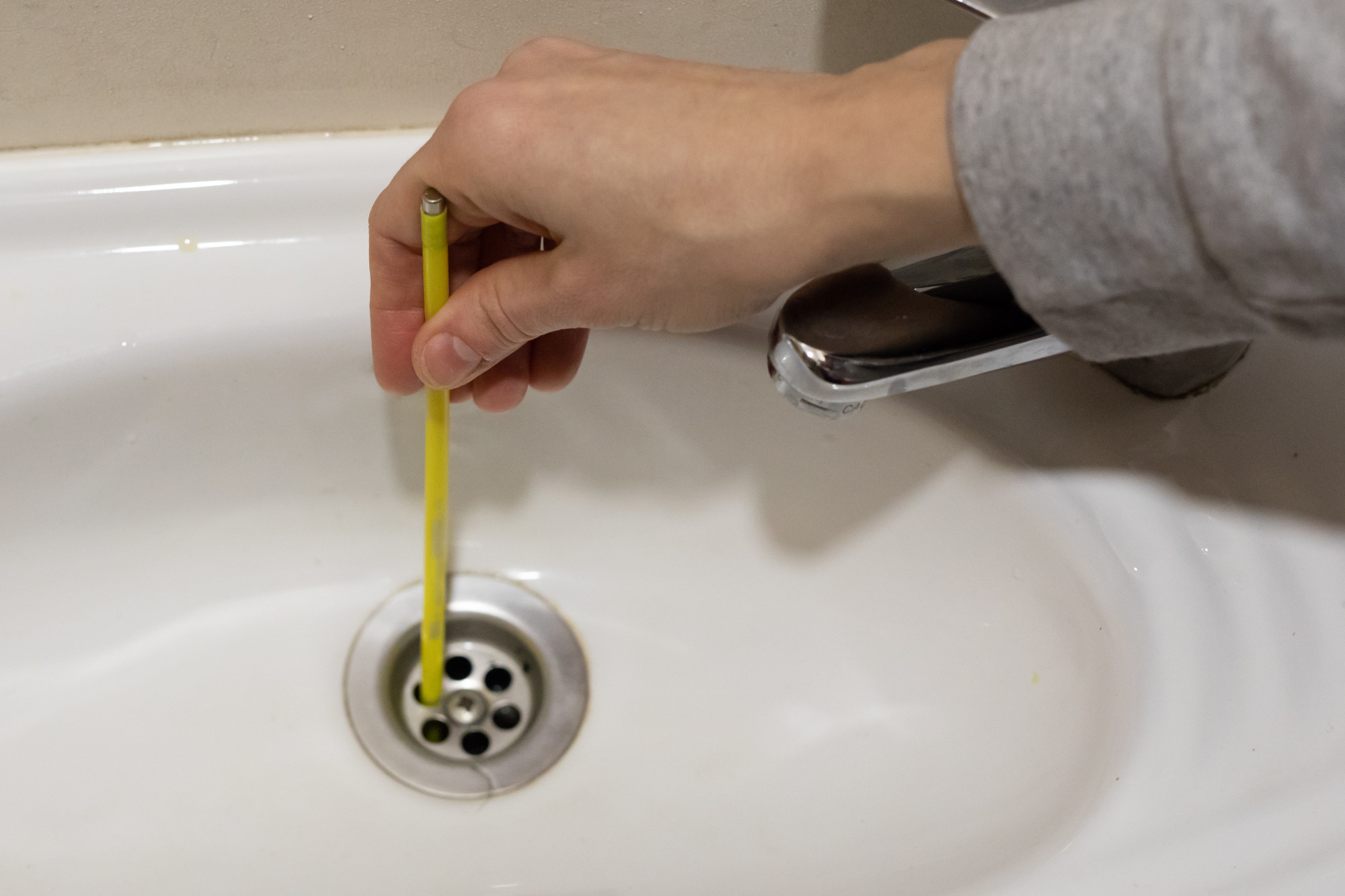
Common Causes of Slow Draining Bathroom Sinks
 One of the most common plumbing issues that homeowners face is a slow draining bathroom sink. This can be a frustrating problem, especially when you're in a hurry to get ready in the morning. There are a few potential causes for a slow draining bathroom sink, but the most common ones are clogs and buildup of debris. Over time, hair, soap scum, and other particles can collect in the pipes and cause obstructions. This can lead to a slow draining sink and even a complete blockage if left untreated. In addition, old pipes or a poorly designed plumbing system can also contribute to slow draining.
One of the most common plumbing issues that homeowners face is a slow draining bathroom sink. This can be a frustrating problem, especially when you're in a hurry to get ready in the morning. There are a few potential causes for a slow draining bathroom sink, but the most common ones are clogs and buildup of debris. Over time, hair, soap scum, and other particles can collect in the pipes and cause obstructions. This can lead to a slow draining sink and even a complete blockage if left untreated. In addition, old pipes or a poorly designed plumbing system can also contribute to slow draining.
The Importance of Clearing a Slow Draining Sink
 Ignoring a slow draining bathroom sink may seem like a minor inconvenience, but it can actually lead to bigger problems in the long run. As mentioned before, a clogged drain can eventually lead to a complete blockage, which can result in standing water and potential water damage to your bathroom. This can also create a breeding ground for bacteria and mold, leading to potential health hazards for you and your family. Furthermore, a slow draining sink can also affect the overall functionality and appearance of your bathroom. Nobody wants to deal with a sink that takes forever to drain or leaves behind residue and odors.
Ignoring a slow draining bathroom sink may seem like a minor inconvenience, but it can actually lead to bigger problems in the long run. As mentioned before, a clogged drain can eventually lead to a complete blockage, which can result in standing water and potential water damage to your bathroom. This can also create a breeding ground for bacteria and mold, leading to potential health hazards for you and your family. Furthermore, a slow draining sink can also affect the overall functionality and appearance of your bathroom. Nobody wants to deal with a sink that takes forever to drain or leaves behind residue and odors.
How to Clear a Slow Draining Bathroom Sink
 Fortunately, clearing a slow draining bathroom sink is a relatively simple task. The first step is to try using a plunger to dislodge any clogs in the pipes. If that doesn't work, you can try using a drain snake or a mixture of baking soda and vinegar to break up the buildup. It's important to avoid using harsh chemical drain cleaners, as they can damage your pipes and be harmful to your health. If these DIY methods don't work, it's best to call a professional plumber who can use specialized tools and techniques to effectively clear the clog.
Fortunately, clearing a slow draining bathroom sink is a relatively simple task. The first step is to try using a plunger to dislodge any clogs in the pipes. If that doesn't work, you can try using a drain snake or a mixture of baking soda and vinegar to break up the buildup. It's important to avoid using harsh chemical drain cleaners, as they can damage your pipes and be harmful to your health. If these DIY methods don't work, it's best to call a professional plumber who can use specialized tools and techniques to effectively clear the clog.
Preventing Future Slow Draining Sinks
 To prevent future slow draining sinks, it's important to be mindful of what goes down your drain. Avoid pouring grease, coffee grounds, and other debris down the sink. You can also use a drain cover to catch hair and other particles before they go down the drain. Regularly cleaning the drain with a mixture of hot water and vinegar can also help prevent buildup.
In conclusion, a slow draining bathroom sink may seem like a minor issue, but it can turn into a major headache if left untreated. By understanding the common causes and taking preventative measures, you can keep your bathroom sink functioning properly and avoid potential plumbing disasters. If the problem persists, don't hesitate to call a professional for help. A clear and functional sink is an essential part of any well-designed bathroom.
To prevent future slow draining sinks, it's important to be mindful of what goes down your drain. Avoid pouring grease, coffee grounds, and other debris down the sink. You can also use a drain cover to catch hair and other particles before they go down the drain. Regularly cleaning the drain with a mixture of hot water and vinegar can also help prevent buildup.
In conclusion, a slow draining bathroom sink may seem like a minor issue, but it can turn into a major headache if left untreated. By understanding the common causes and taking preventative measures, you can keep your bathroom sink functioning properly and avoid potential plumbing disasters. If the problem persists, don't hesitate to call a professional for help. A clear and functional sink is an essential part of any well-designed bathroom.










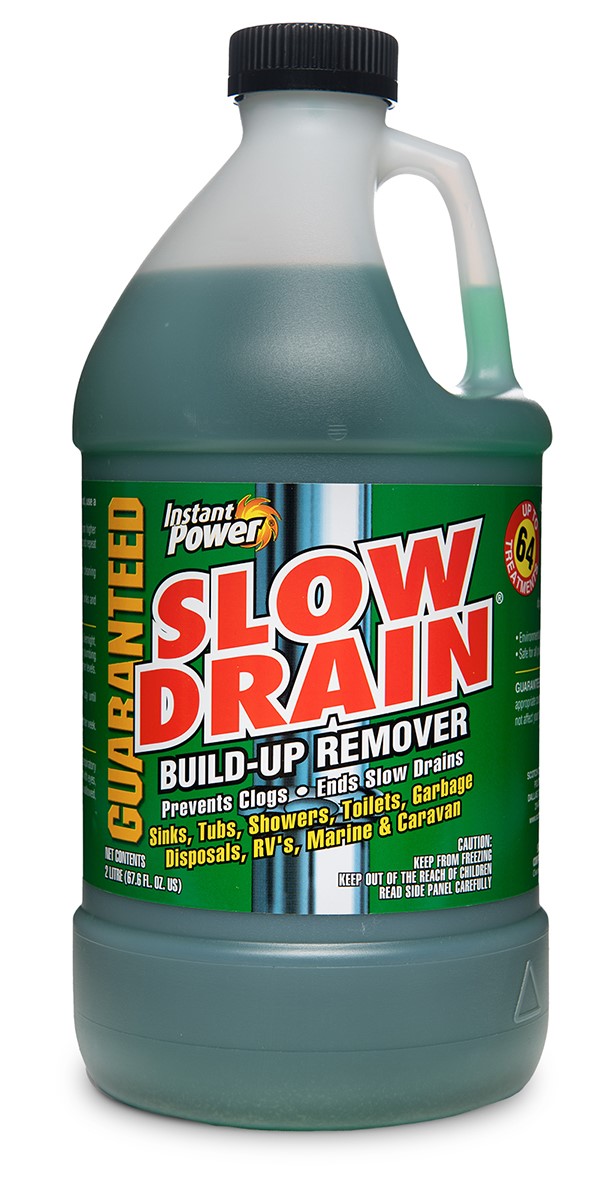







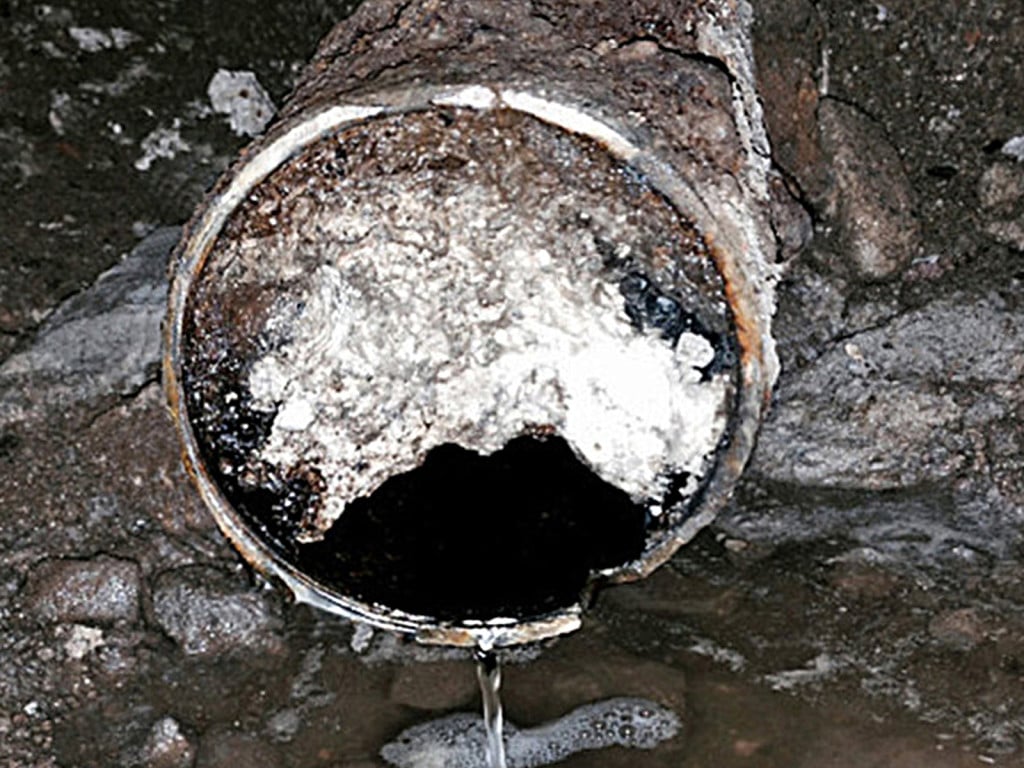
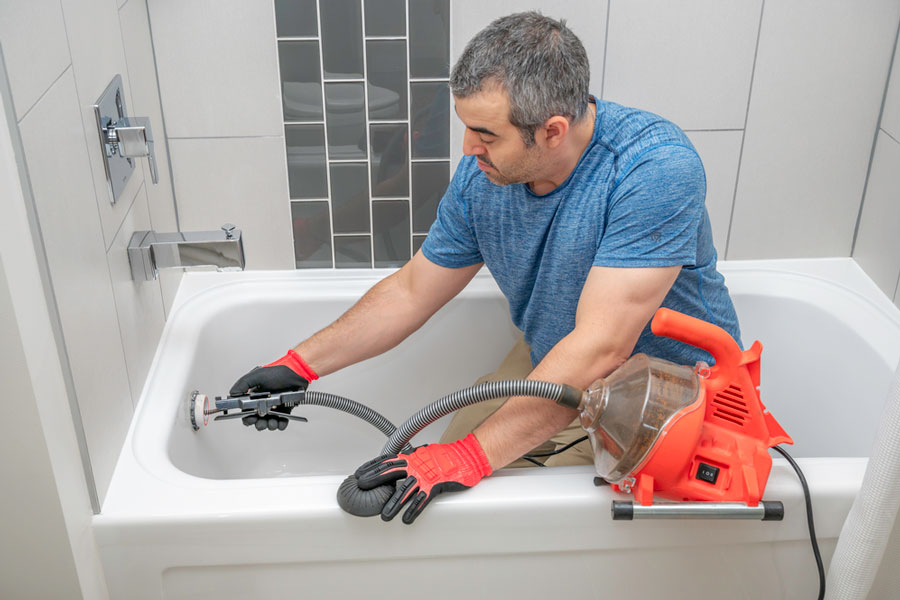







/98292130-56a12f705f9b58b7d0bcdef7.jpg)

